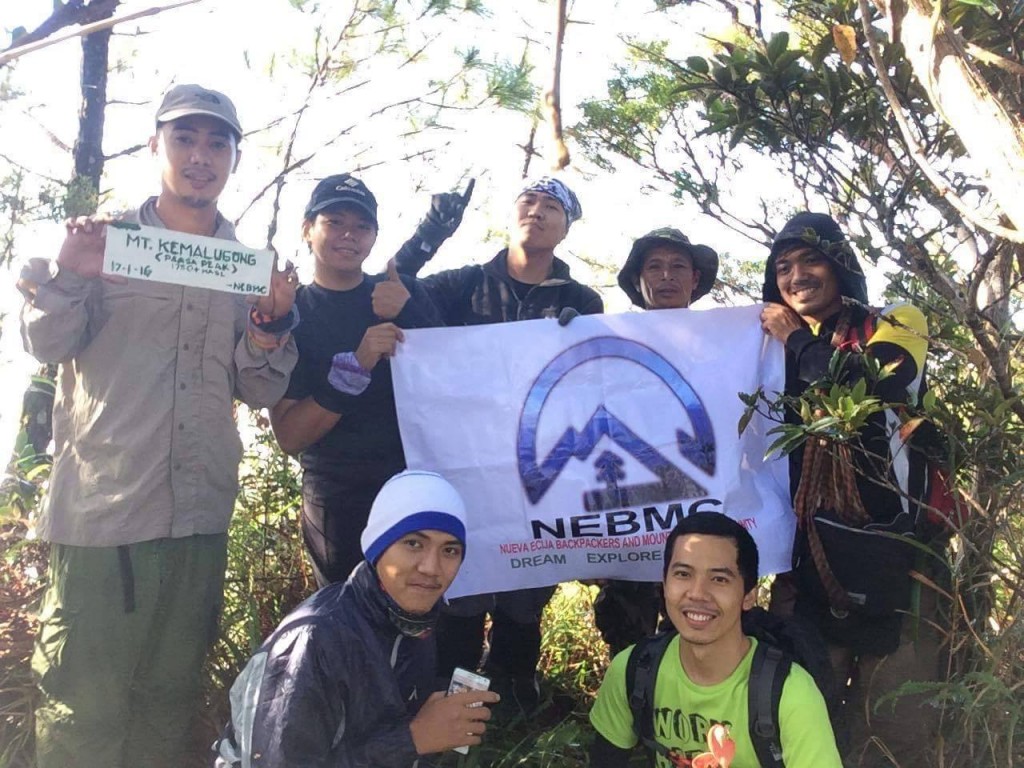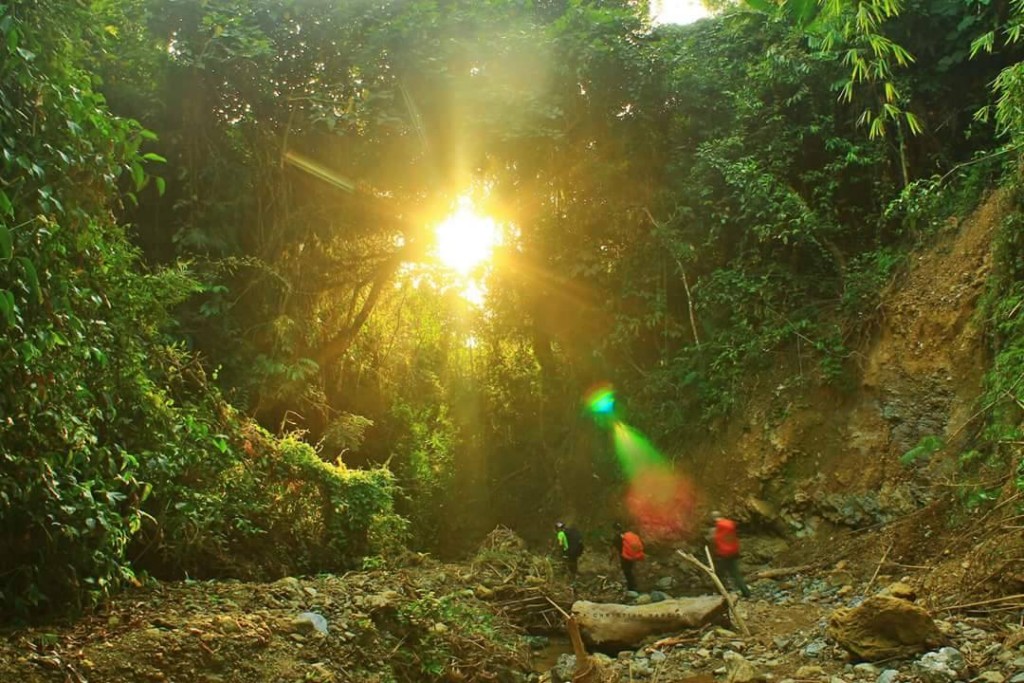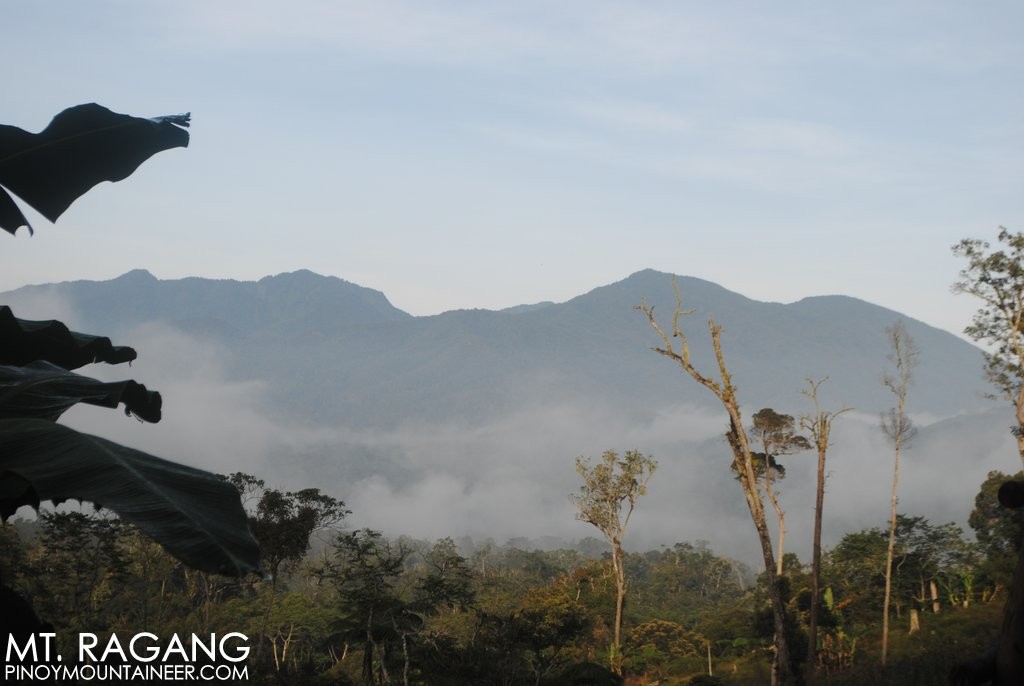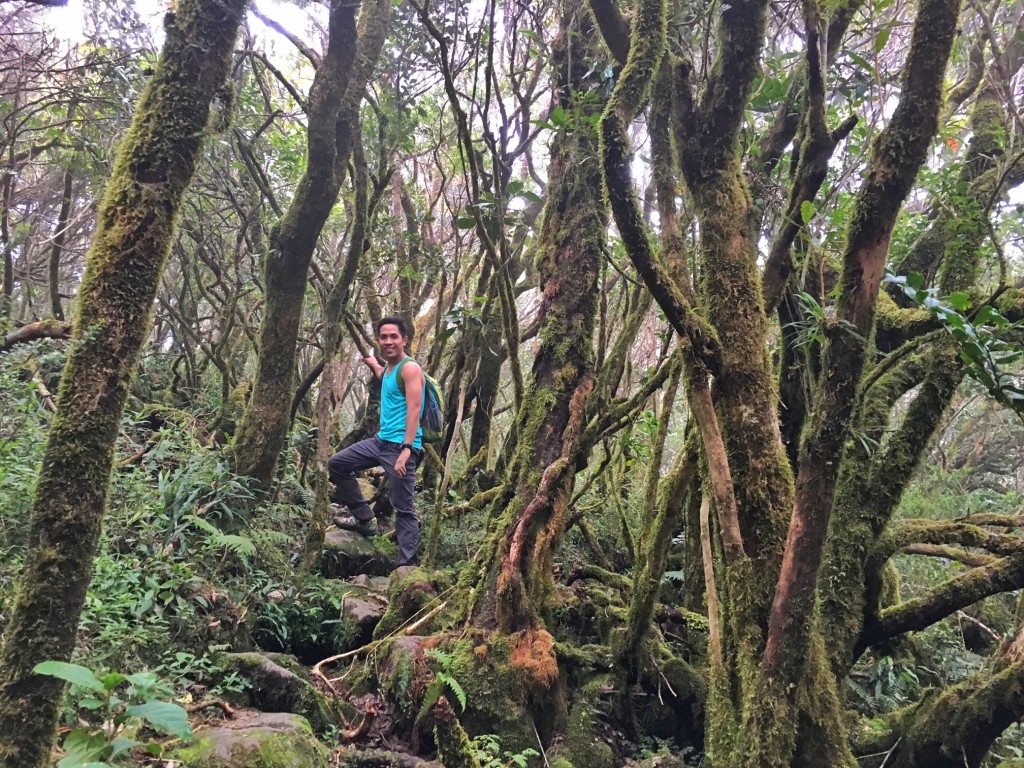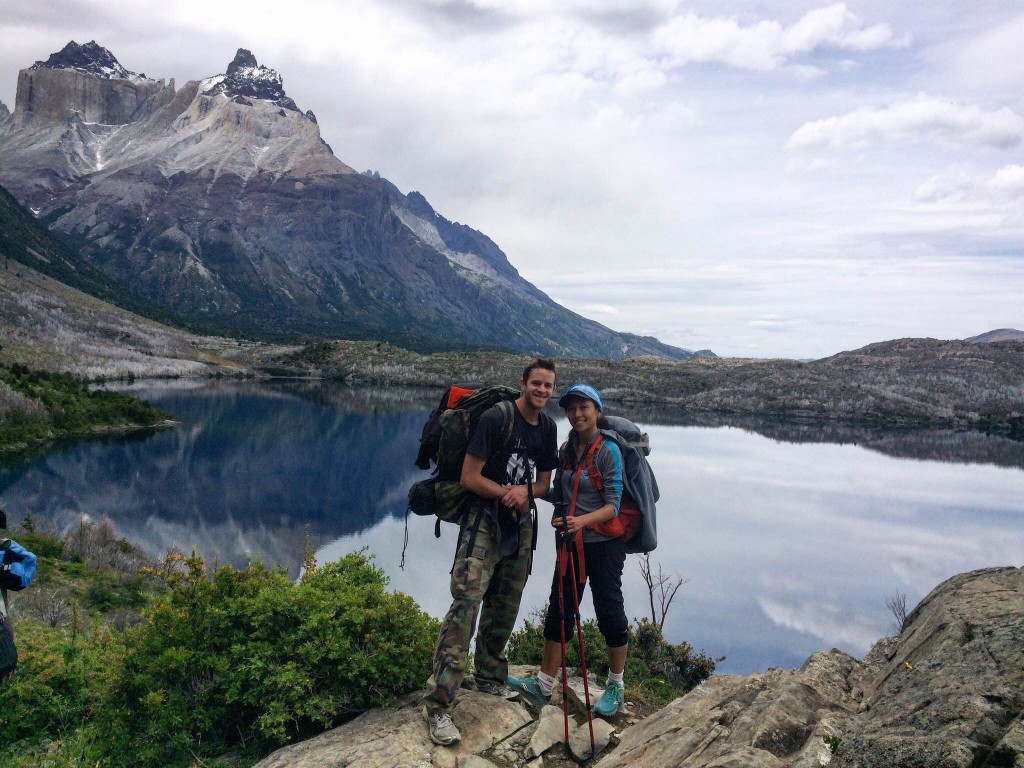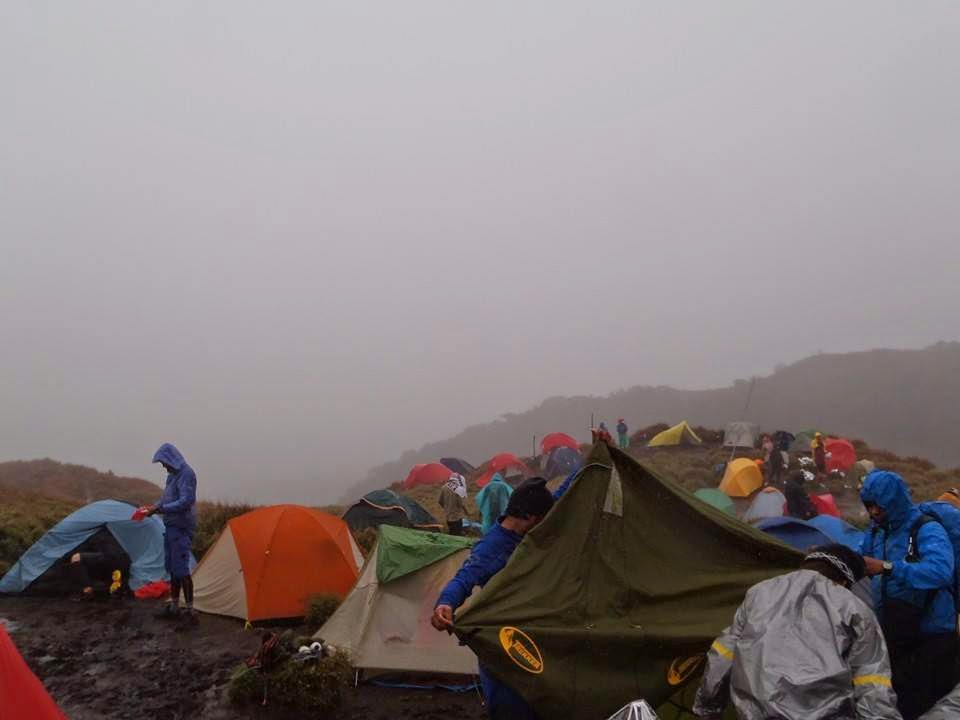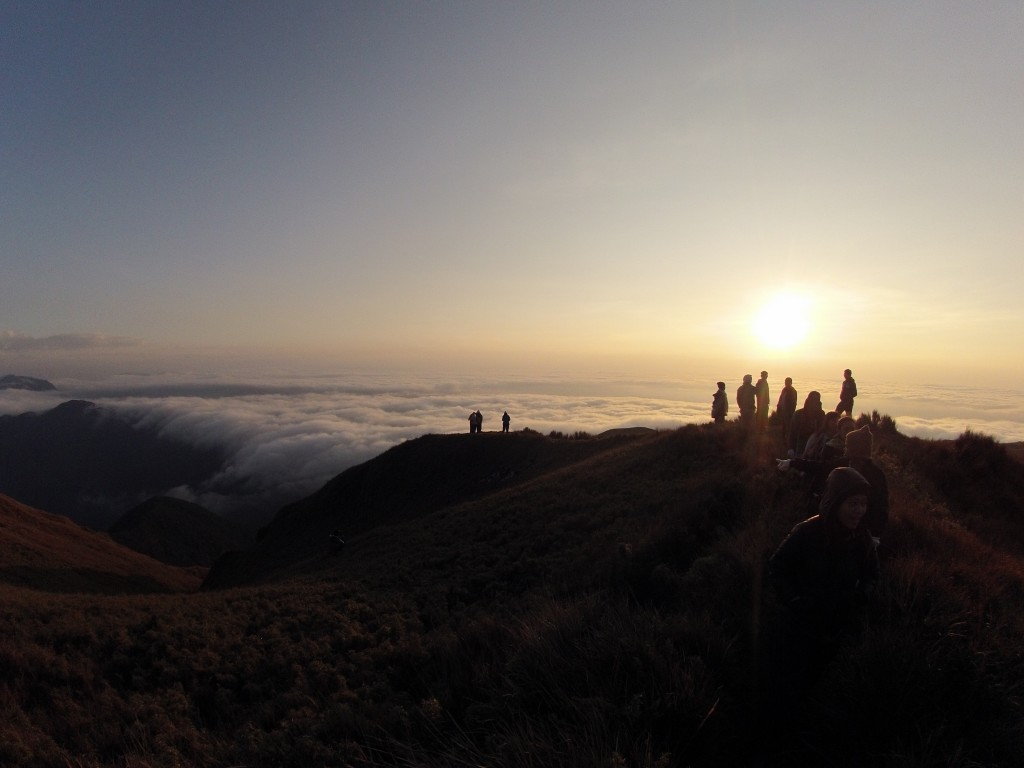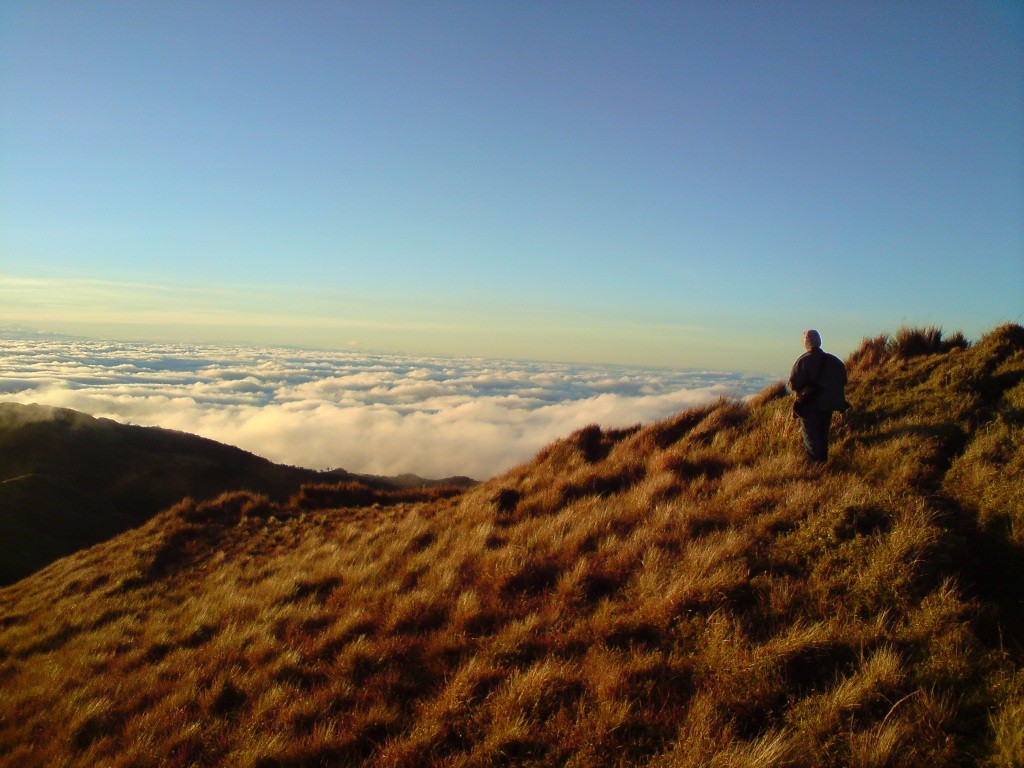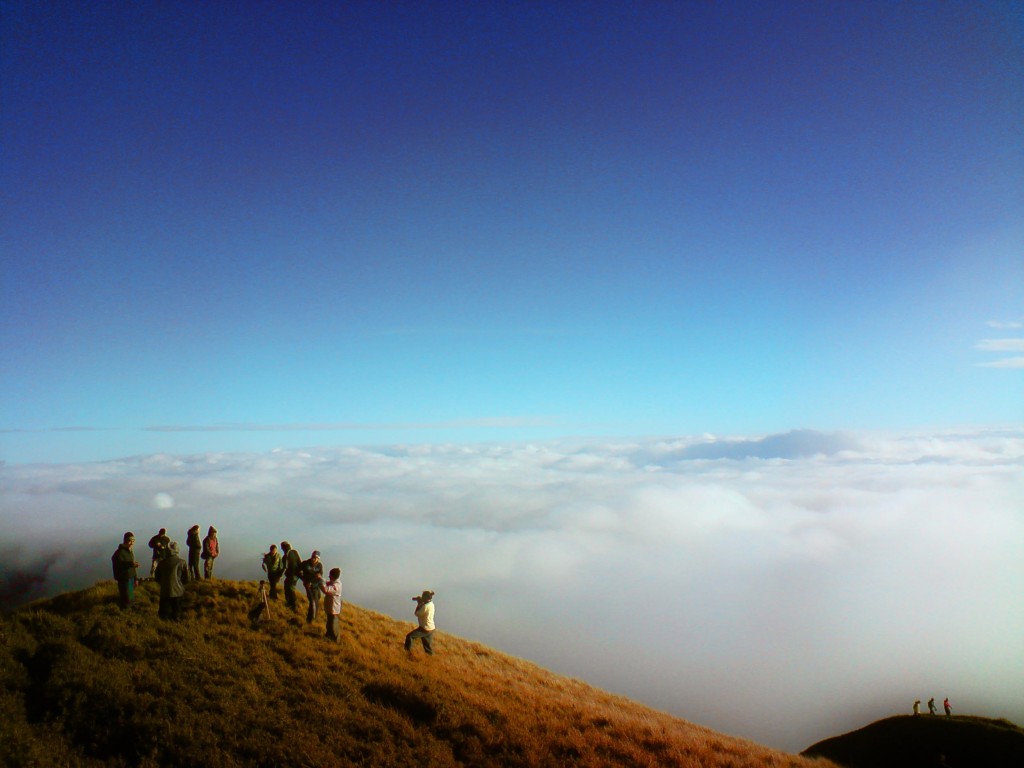
BAGUIO CITY – Amid confusion brought about by the reports of requiring a medical certificate in Mt. Pulag, Park Superintendent Emerita Albas published an article in the Baguio Midland Courier on November 29. She was unequivocal: “Time and again, [we are] asked if a medical clearance is mandatory before going to Mt. Pulag National Park. the answer is YES. Medical clearance is necessary before ascent to Mt. Pulag for the safety and best interest of the trekker.”
She makes the following elaborations:
The medical clearance is an instrument to assist every trekker, climb organizer, and the park workers if one is physically fit to climb or engage in any strenuous physical activities like basketball, swimming and other challenging physical activities. Major body organs needing assessment is the HEART, which may need an Electrocardiogram or ECG. The KIDNEYS for elimination, LUNGS for oxygen exchange, LIVER and other vital parts of the body. Self declaration or gut feel doctrine of being healthy is not healpful. This practice further puts oneself to double jeopardy. Nothing beats a prepared body and mind.
If you have personal physician, informs him/her before the climb. Get a printed copy of heis/her concurring clearance with his contact number and license number including some medical advises or notifications. This will be needed during the outdoor journey. When emergency happens, other physicians, rescuers or paramedics attending to you will have a reference for faster intervention especially if you cannot talk or a fellow trekker in unconscious in which interview is futile.
Your personal physician is the best source of your medical clearance. In the absence of one, any government facility or hospital can assist you on this. The government has provided physicians to assist the public so there is no excuse for anybody not to have one. The ultimate intention of the medical clearance is to save lives and provide information for the trekkers on how to assist any climber during emergencies.
This requirement is likely brought about by recent deaths in the park involving medical conditions. In November 6, a 51-year old female hiker, Edna Ocampo Villanueva, died of an apparent heart attack in the mountain.
The requirement has drawn mixed reactions from mountaineers, with some protesting the additional “hassle”. Others have argued however that given the fact that Mt. Pulag is drawing not just regular mountaineers, but casual hikers, a medical certificate would be beneficial in avoiding future deaths. Weighing in this issue, we gave the following remarks:
I’ve hiked in six continents and I don’t remember being required to make a medical certificate – not even for Mt. Kilimanjaro or Mt. Elbrus. Actually, I don’t think they require med cert for Mt. Everest: it’s already understood that you’re only gonna attempt it if you’re fit enough. As a medical doctor and a mountaineer, I believe that hikers should be responsible enough to ensure they are prepared for whatever activity they want to engage in, and thus I don’t believe in medical certificates in general. However, I’m not gonna oppose the DENR in this move because they’re dealing with not just regular hikers but also casual tourists, which makes this policy, if not acceptable, then at least understandable. If this can make people take hiking more seriously, then so be it – even if I also understand and feel sorry for the added inconvenience.
HOW TO GET A MT. PULAG MEDICAL CERTIFICATE
Any licensed physician is eligible to issue a medical certificate. However, if you have pre-existing medical conditions, it might be better for a specialist to give you a medical clearance. For instance, if you have a previous heart surgery, it would be ideal that a cardiologist would be the one to give you a medical clearance. However, for a majority of hikers, any licensed physician will suffice.
There are some reports that there’s a doctor near the park who can issue certificates. However, if you’re hiking on a weekend, this might delay your hike so it’s better to just a certificate beforehand.
Pinoy Mountaineer (Gideon Lasco, MD, MSc) together with Pito Magno, MD has designed a medical certificate specifically for hiking that hikers can ask their personal physicians to fill out. With or without the need for medical certificate, we advise hikers to coordinate with their physicians about hiking activities especially if they have risk factors (i.e. old age, pre-existing medical conditions). You can also check out this Climb Health article on Hiking Preparation on how to physically prepare for a hike.
The post Medical certificates now required for Pulag; here’s how to get one appeared first on Pinoy Mountaineer.

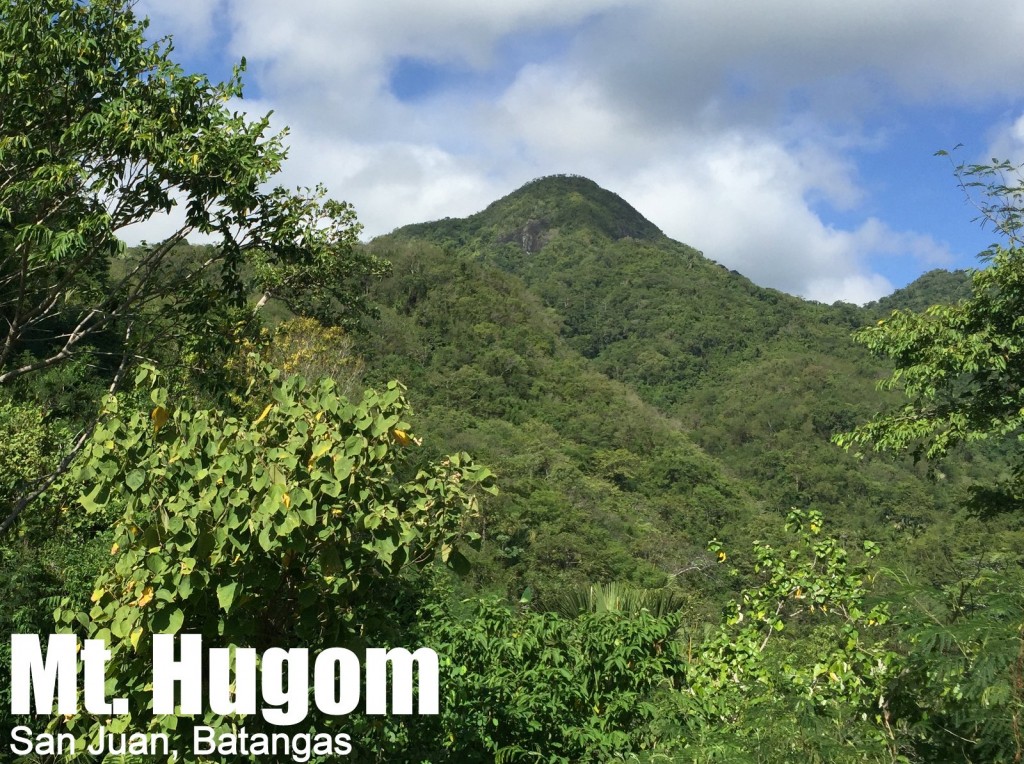


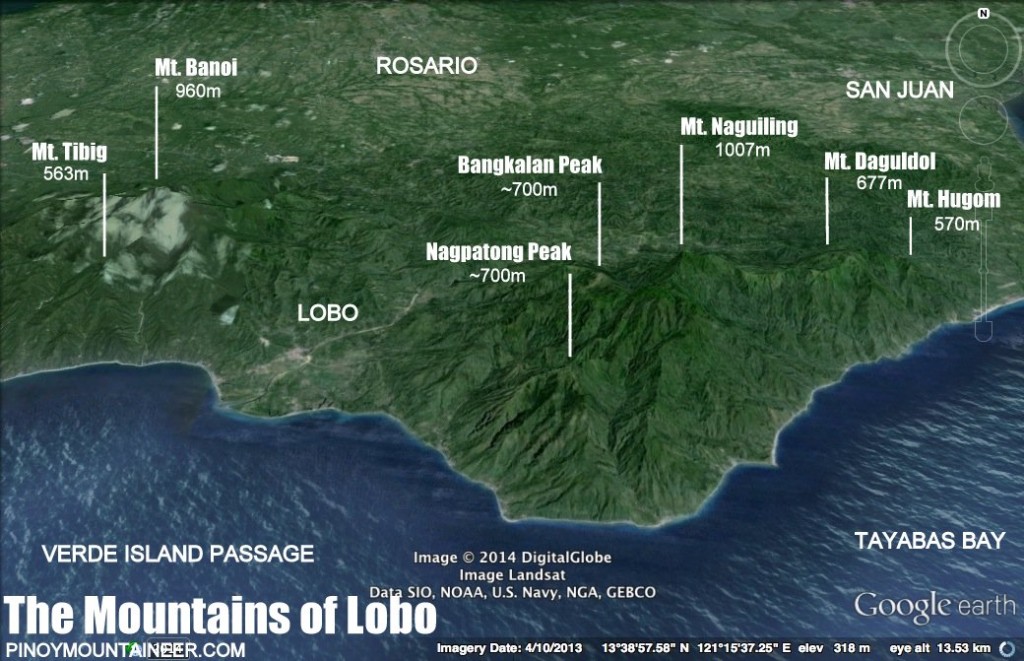
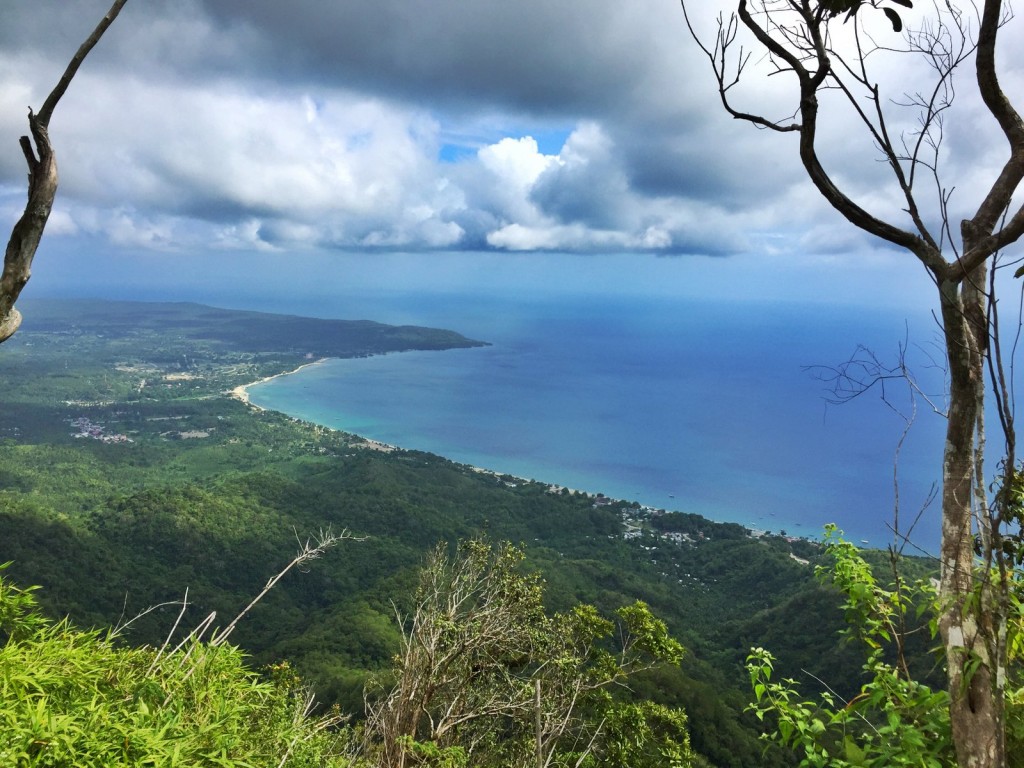
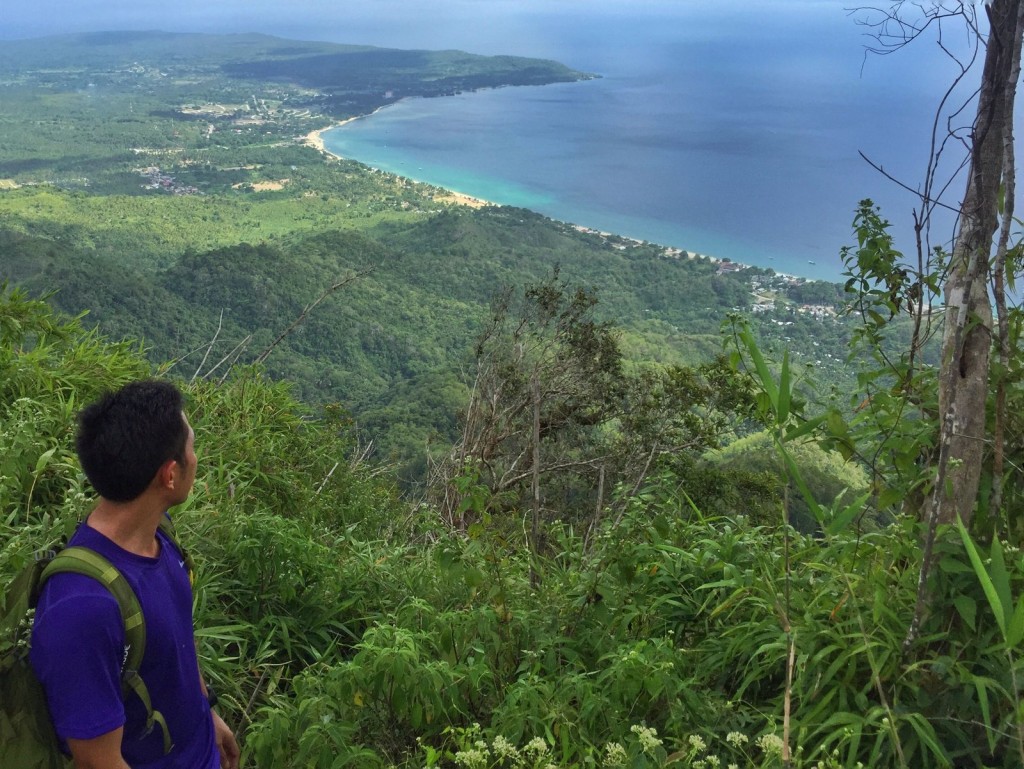
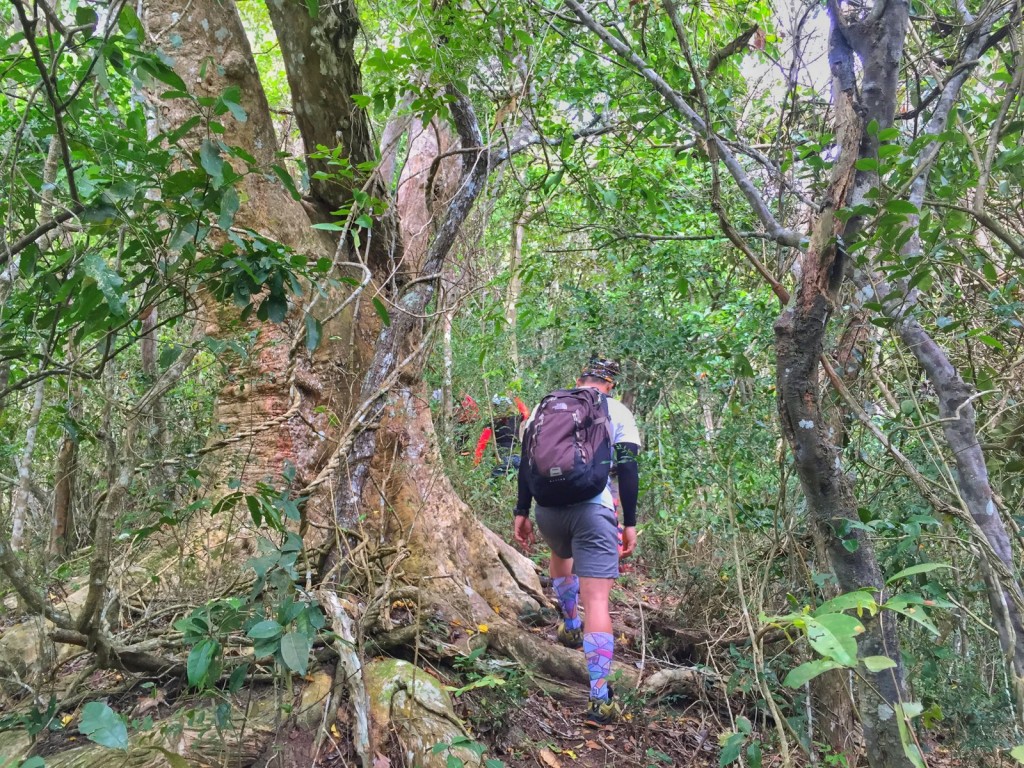

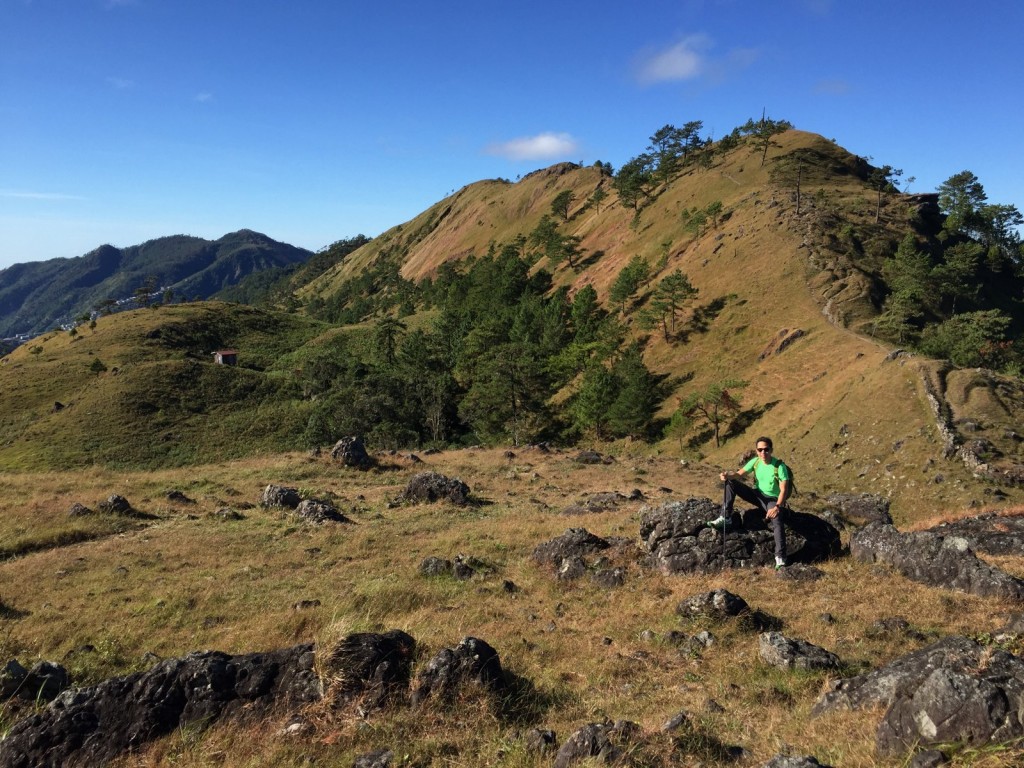
 When I started blogging in 2007, there was the perception that bloggers are weird. We still are – at least I am (it takes some weirdness to climb 40-50 mountains a year). But what has changed is the fact that today, more people celebrate, and take pride in, this weirdness – that is, the individuality that makes each blog unique. When my teacher-friends tell me that some of their students say they want to be bloggers when they grow up, alongside those who say they want to be doctors or engineers – this tells us that lot has changed.
When I started blogging in 2007, there was the perception that bloggers are weird. We still are – at least I am (it takes some weirdness to climb 40-50 mountains a year). But what has changed is the fact that today, more people celebrate, and take pride in, this weirdness – that is, the individuality that makes each blog unique. When my teacher-friends tell me that some of their students say they want to be bloggers when they grow up, alongside those who say they want to be doctors or engineers – this tells us that lot has changed.
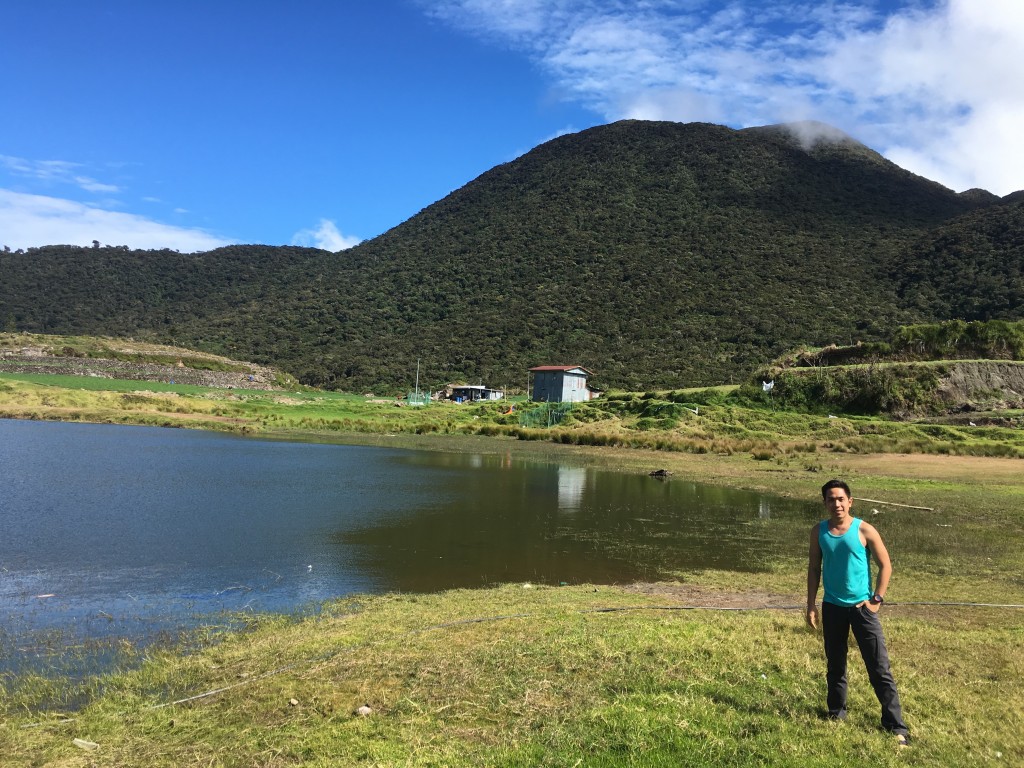
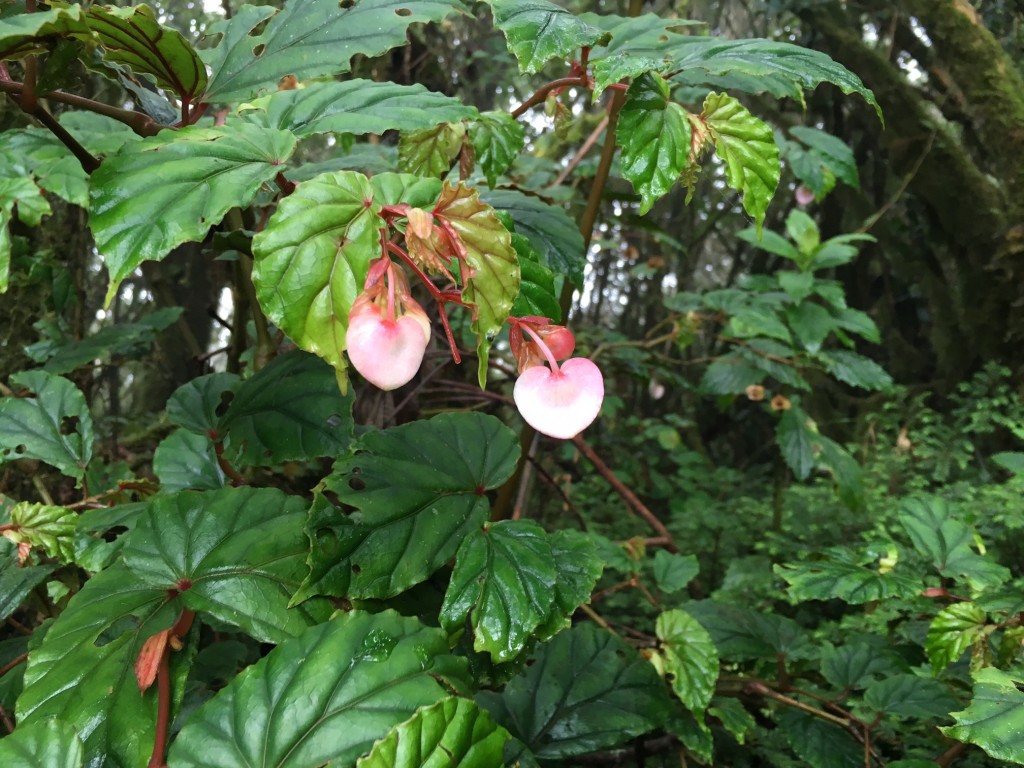
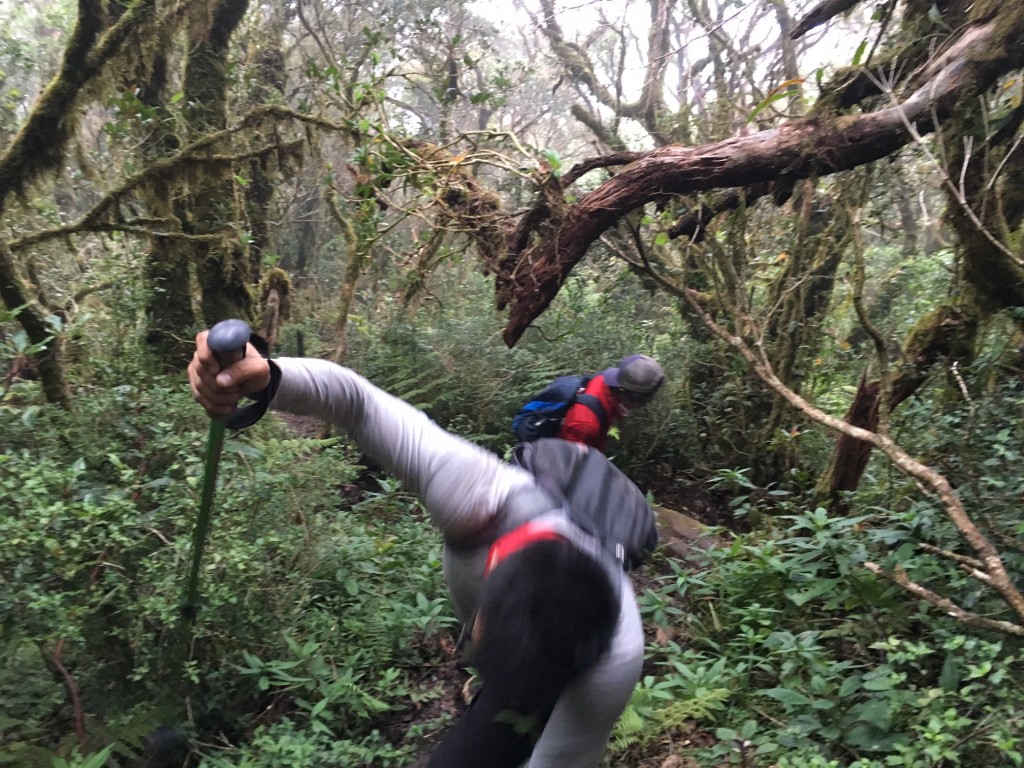
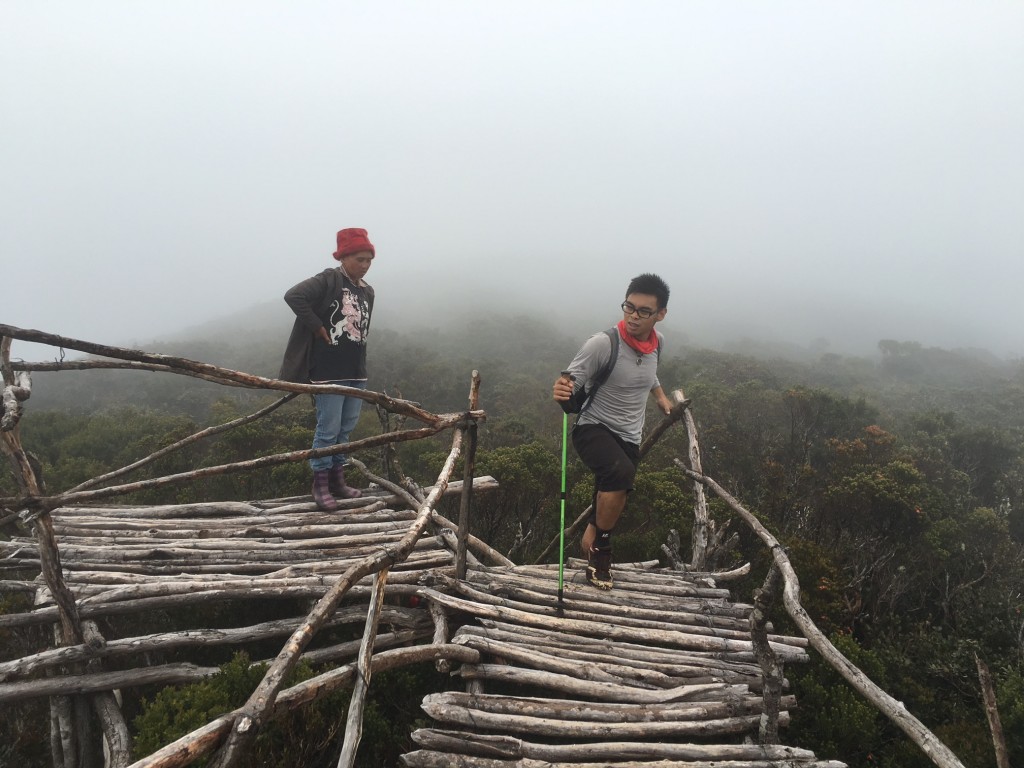

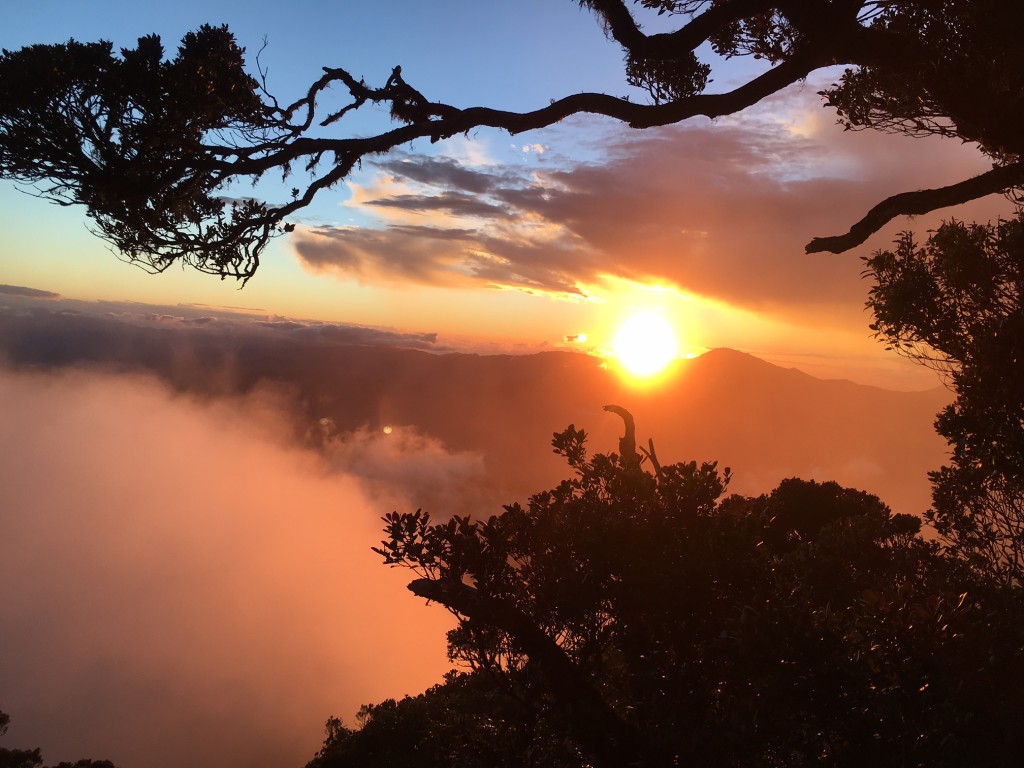
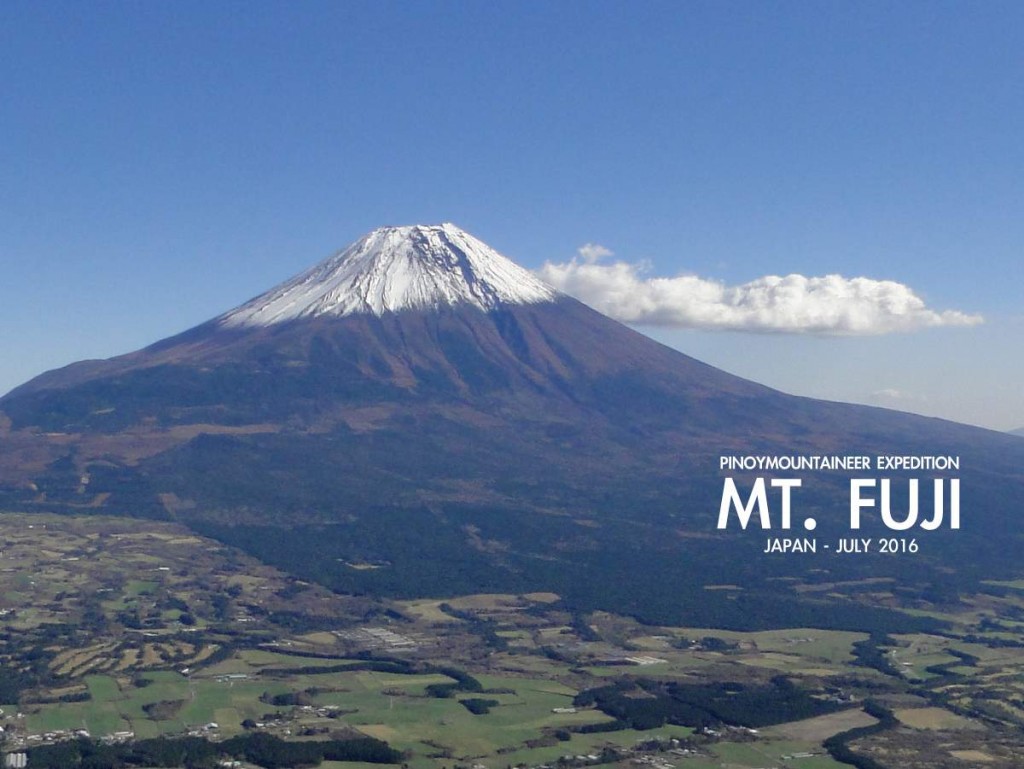
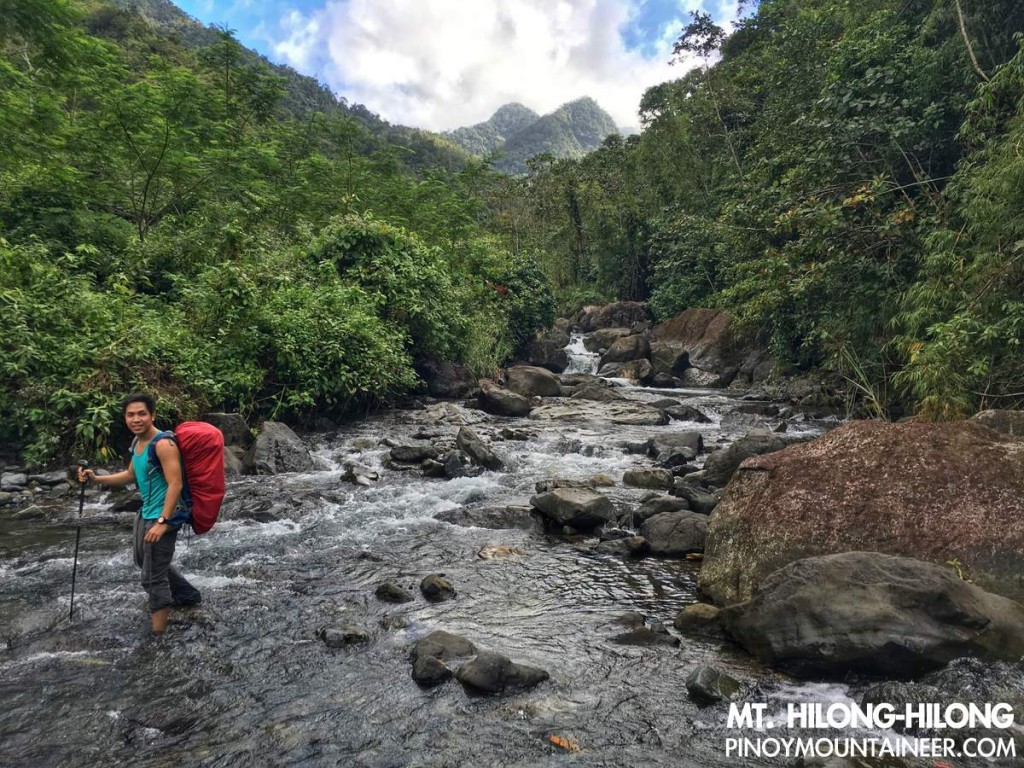
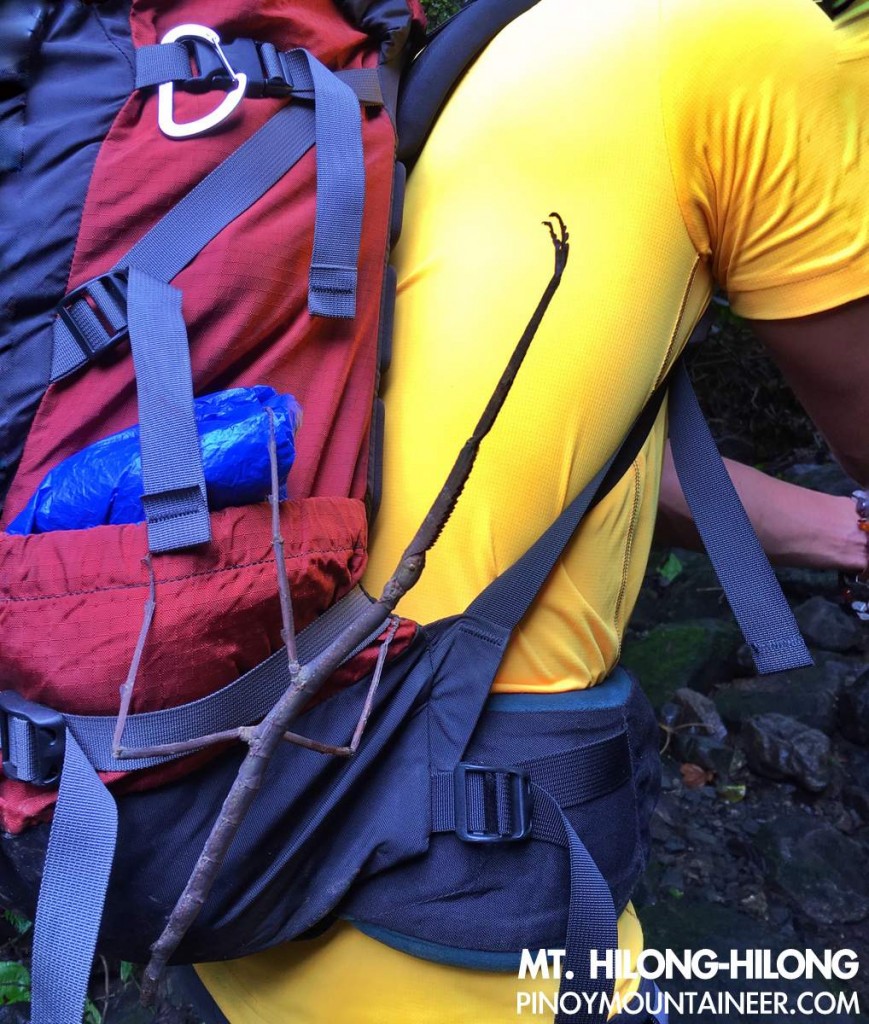
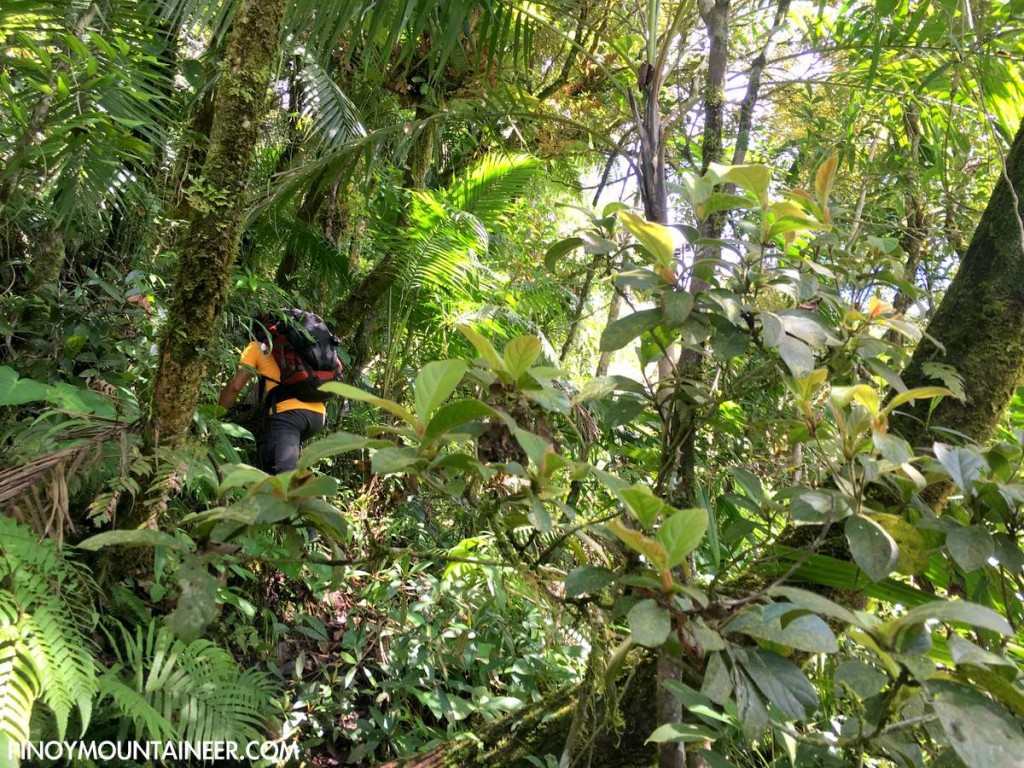
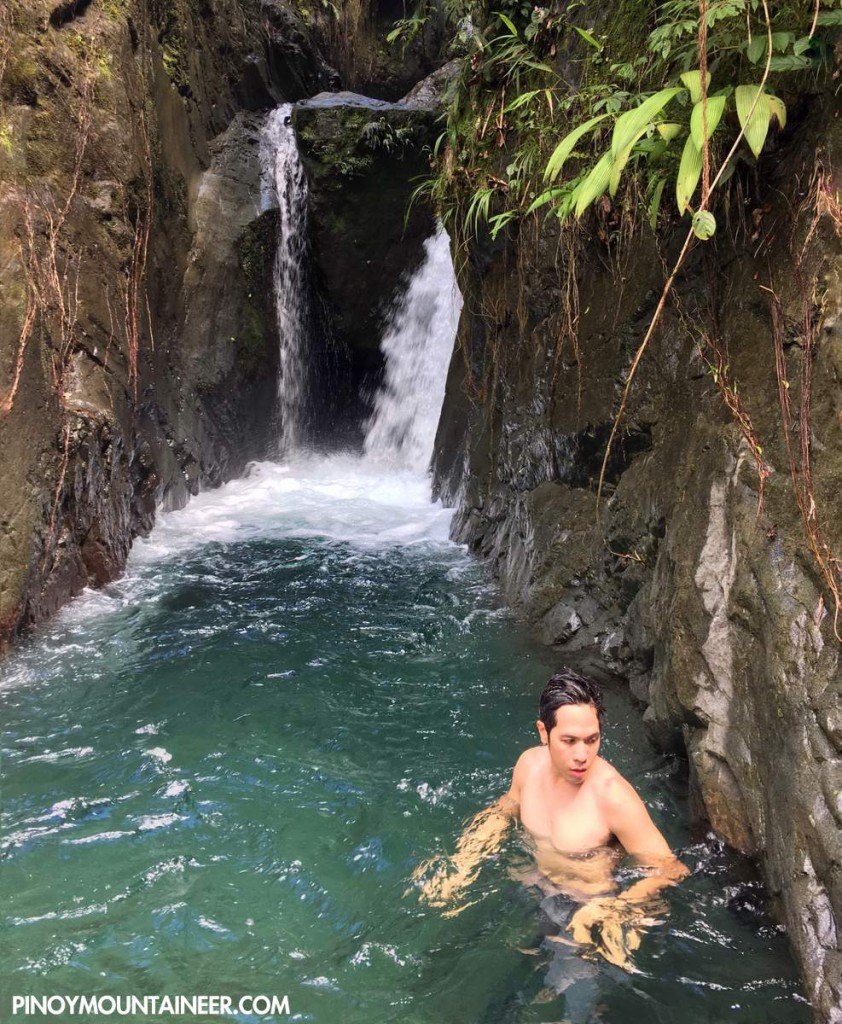
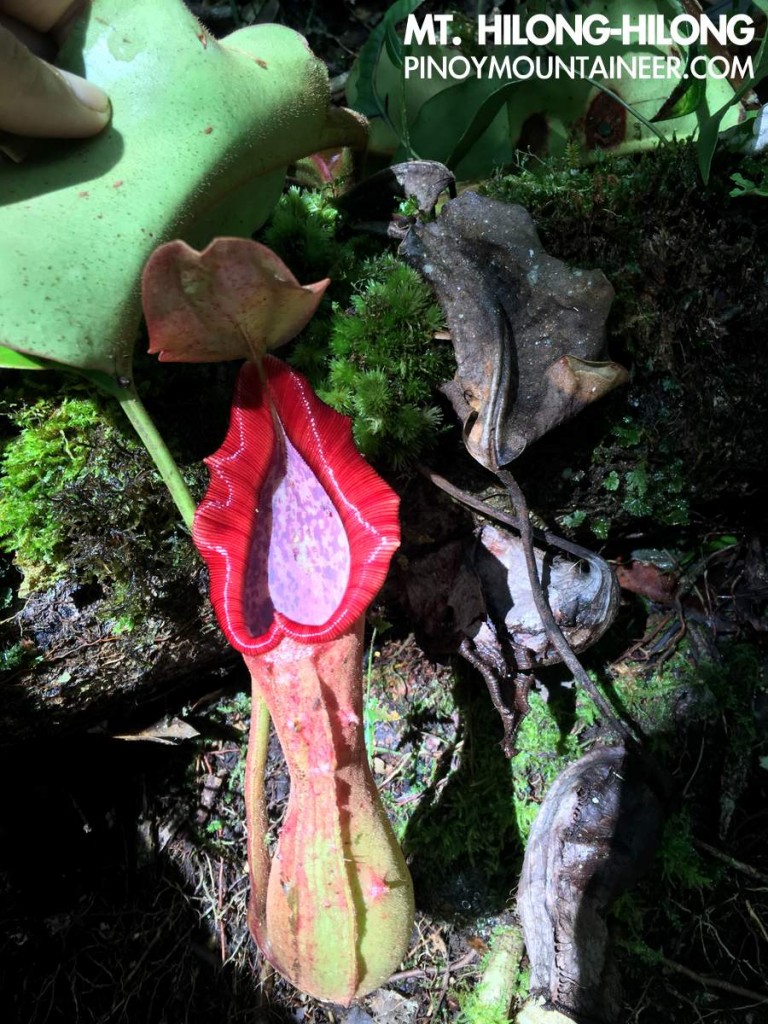

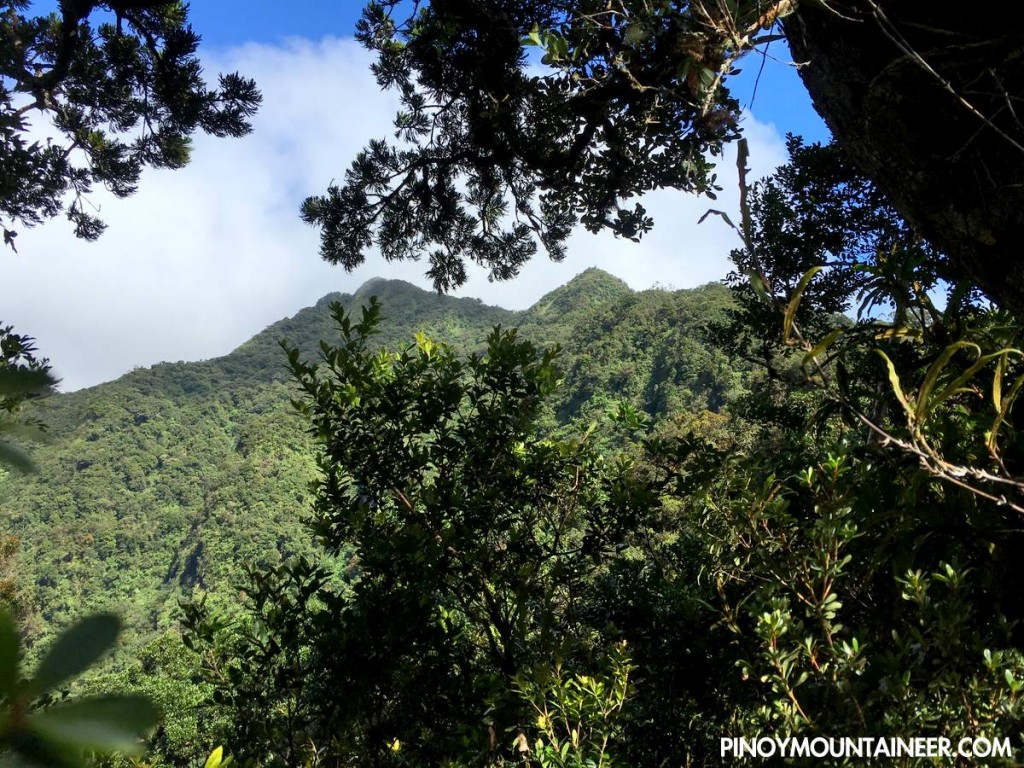
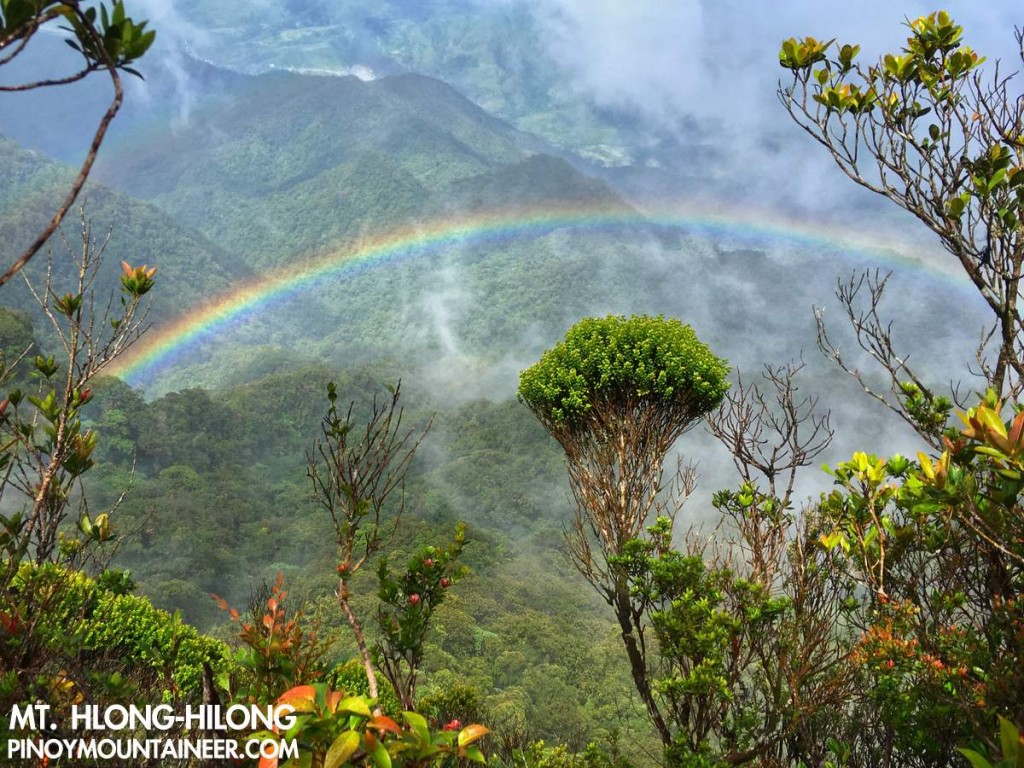
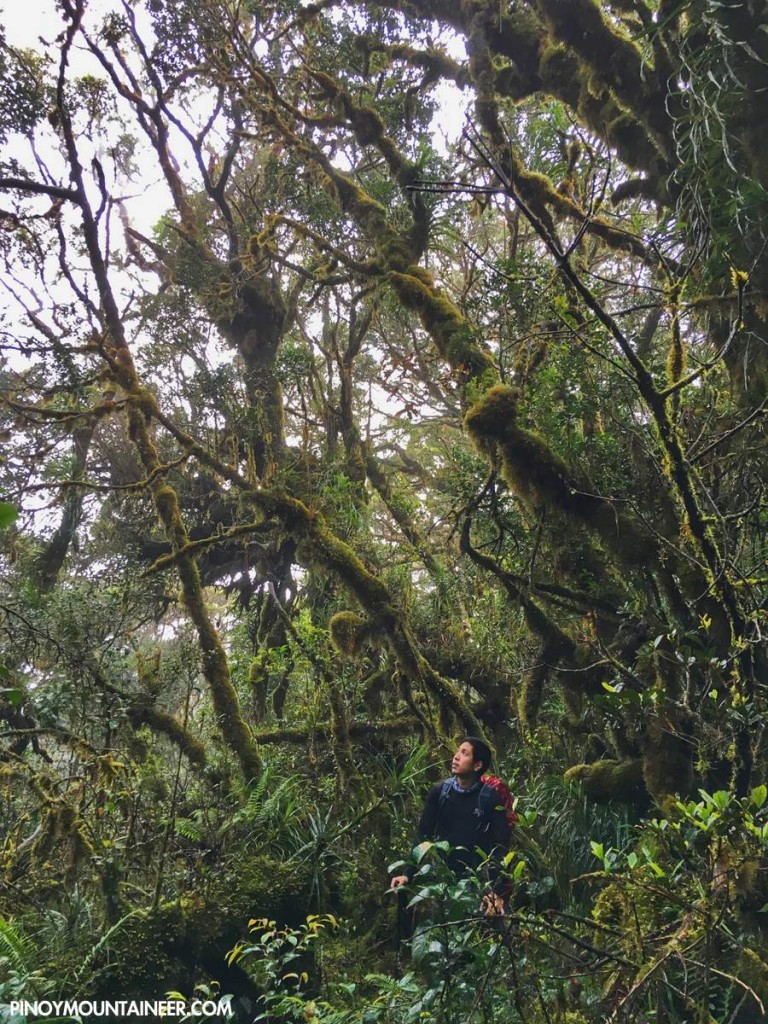

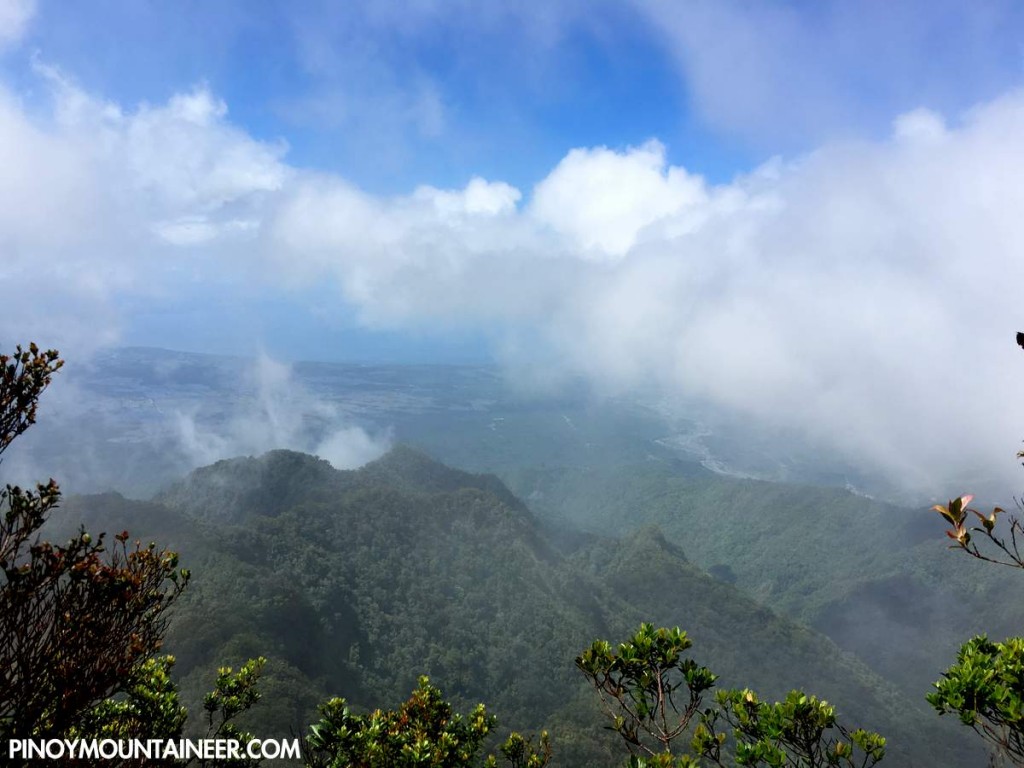
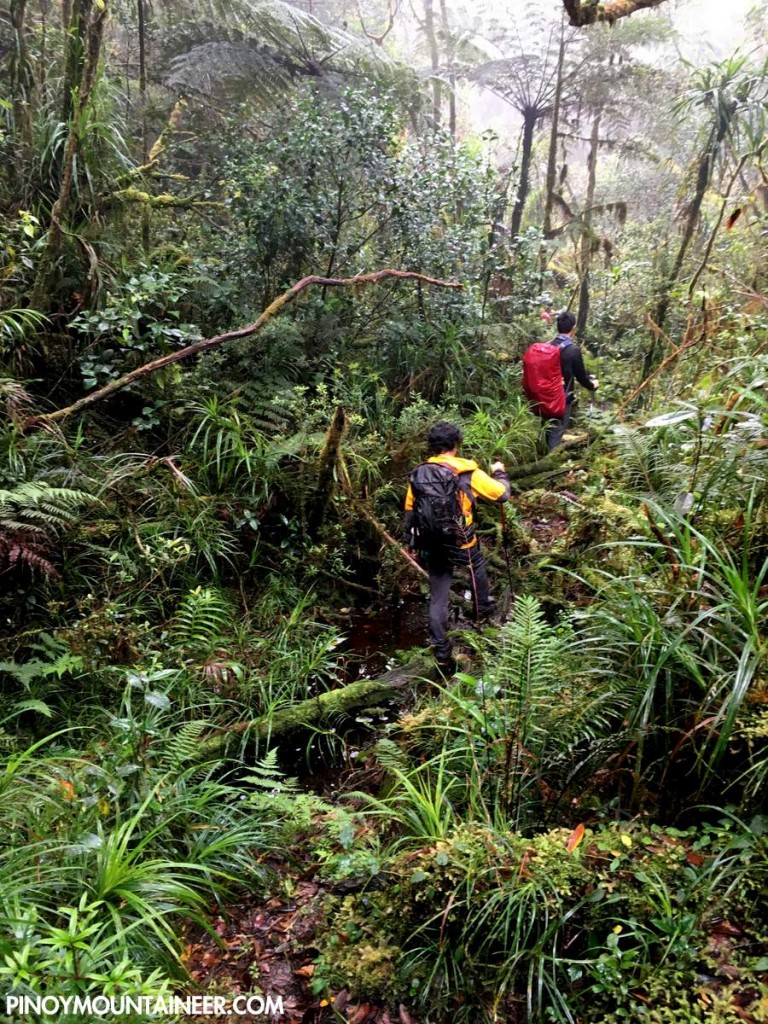
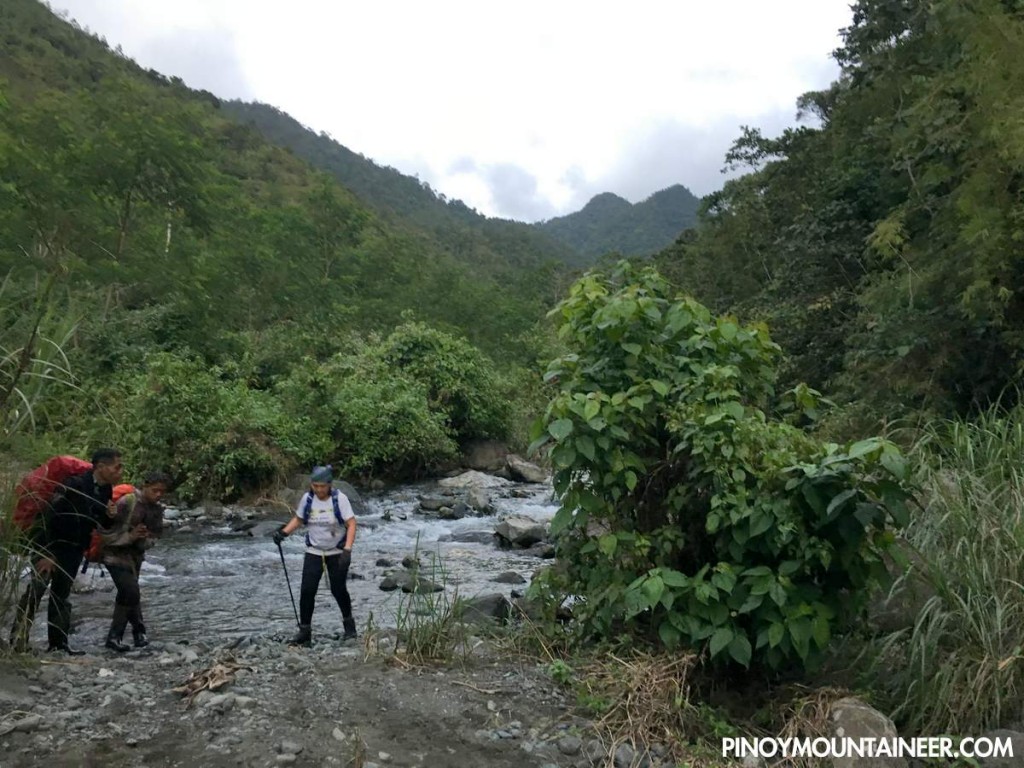
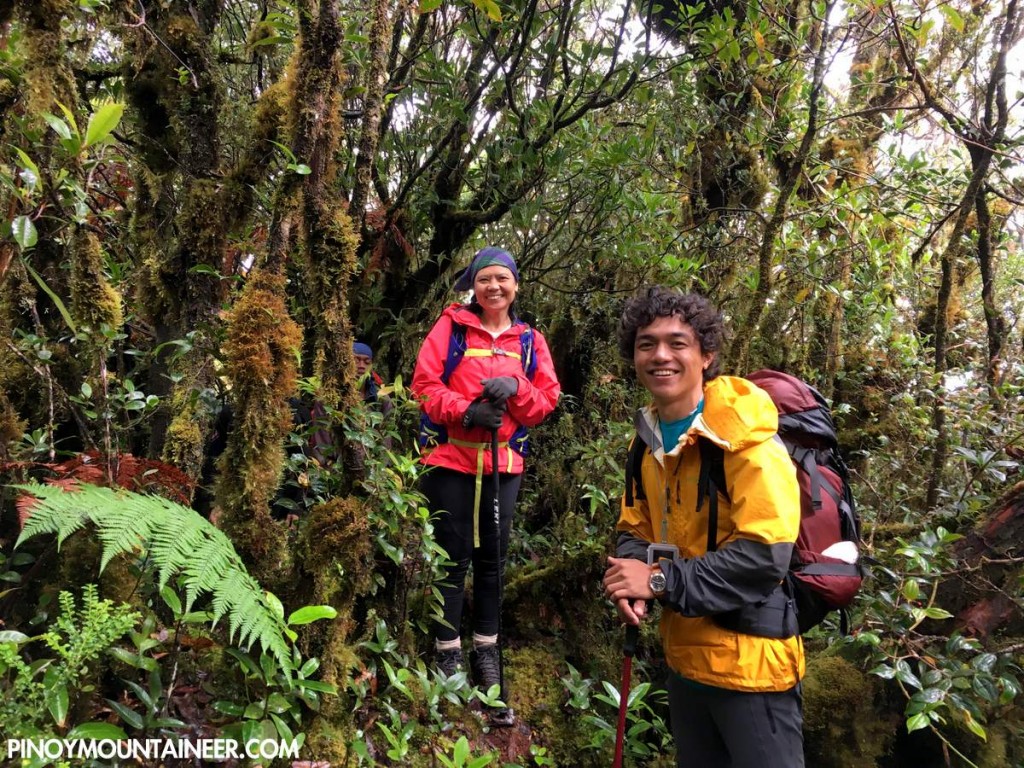
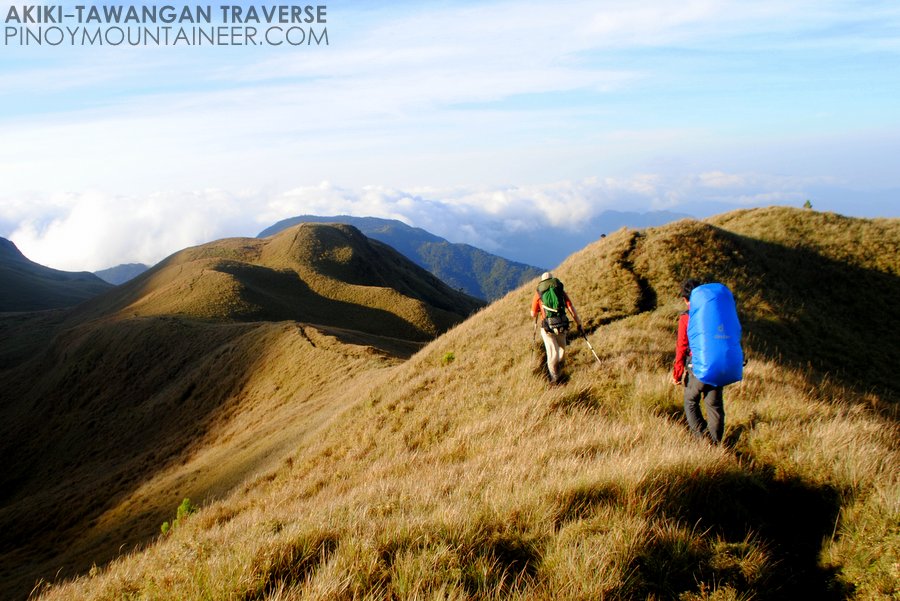
 2. The trapezius muscles (“traps”) are your upper back muscles that radiate all the way to the neck: they are crucial for carrying your pack, not just for their muscle power, but because the muscles themselves are where the shoulder harness sits and they’re not strong or robust enough it could lead to soreness and pain. One
2. The trapezius muscles (“traps”) are your upper back muscles that radiate all the way to the neck: they are crucial for carrying your pack, not just for their muscle power, but because the muscles themselves are where the shoulder harness sits and they’re not strong or robust enough it could lead to soreness and pain. One  2. But careful not to overdo it too much: if the backpack is too heavy it can also affect your body and cause back pain. Gradually increasing weights of backpack can help and you can also do it before the hike: by doing walks with a backpack with you, progressively adding weight until you reach the expected weight of your hiking pack.
2. But careful not to overdo it too much: if the backpack is too heavy it can also affect your body and cause back pain. Gradually increasing weights of backpack can help and you can also do it before the hike: by doing walks with a backpack with you, progressively adding weight until you reach the expected weight of your hiking pack.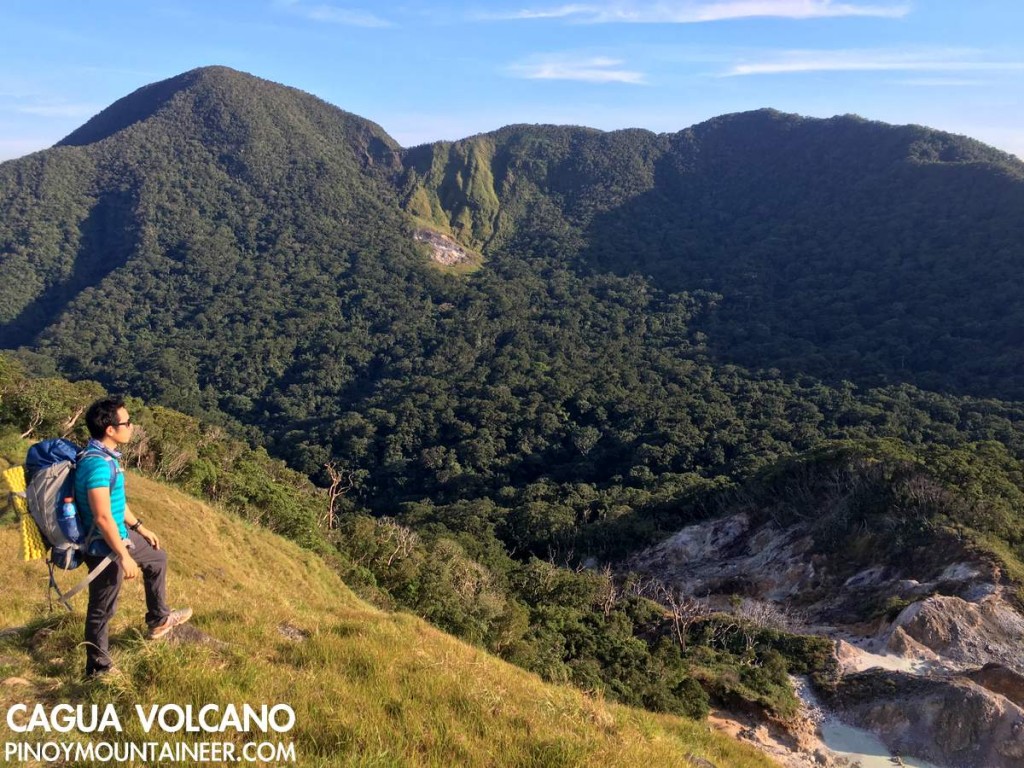 TUGUEGARAO CITY – It all began with a Google Earth search of the highest mountains in Sierra Madre. Mt. Bintuod in Nueva Vizcaya, Mts. Mingan and Anacuao in Aurora, Mt. Dos Cuernos in Cagayan, and several others emerged as candidates for the distinction of “highest” in each of their provinces and perhaps the entire range, but the real surprise to me was the presence of a caldera-looking topography in Gonzaga, Cagayan, which turned out to none other than Cagua Volcano. Largely unknown to mountaineers, this 1168-meter active volcano is part of the Babuyan island chain of volcanoes, and I lost no time in pursuing it as a possible exploration.
TUGUEGARAO CITY – It all began with a Google Earth search of the highest mountains in Sierra Madre. Mt. Bintuod in Nueva Vizcaya, Mts. Mingan and Anacuao in Aurora, Mt. Dos Cuernos in Cagayan, and several others emerged as candidates for the distinction of “highest” in each of their provinces and perhaps the entire range, but the real surprise to me was the presence of a caldera-looking topography in Gonzaga, Cagayan, which turned out to none other than Cagua Volcano. Largely unknown to mountaineers, this 1168-meter active volcano is part of the Babuyan island chain of volcanoes, and I lost no time in pursuing it as a possible exploration.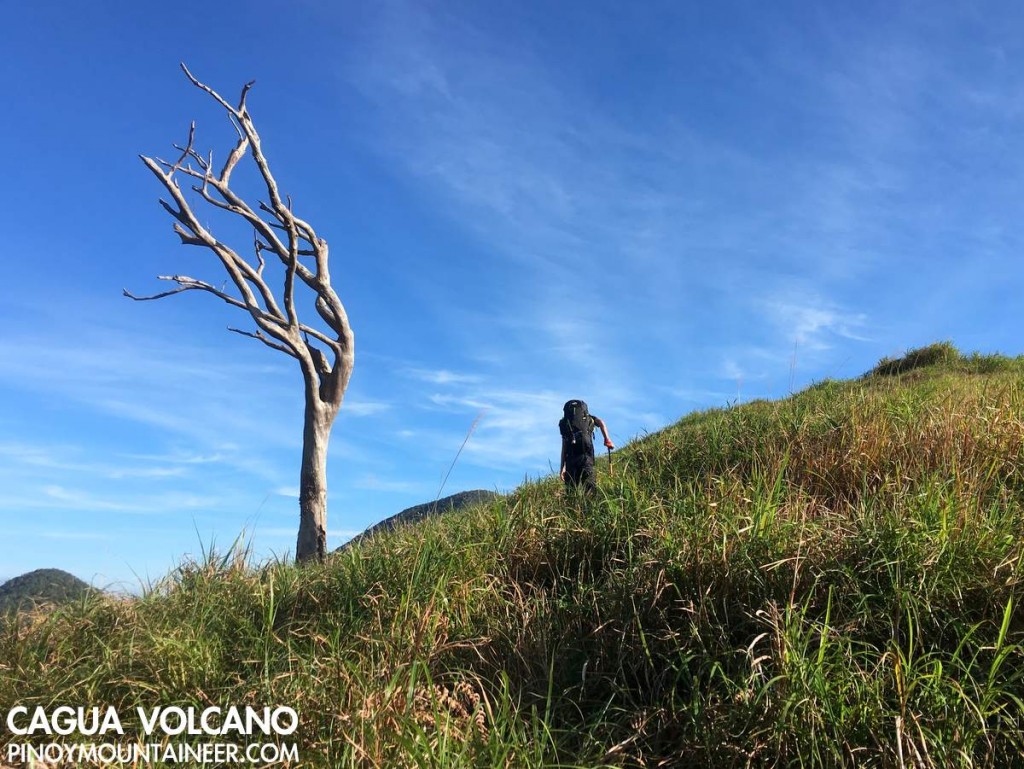
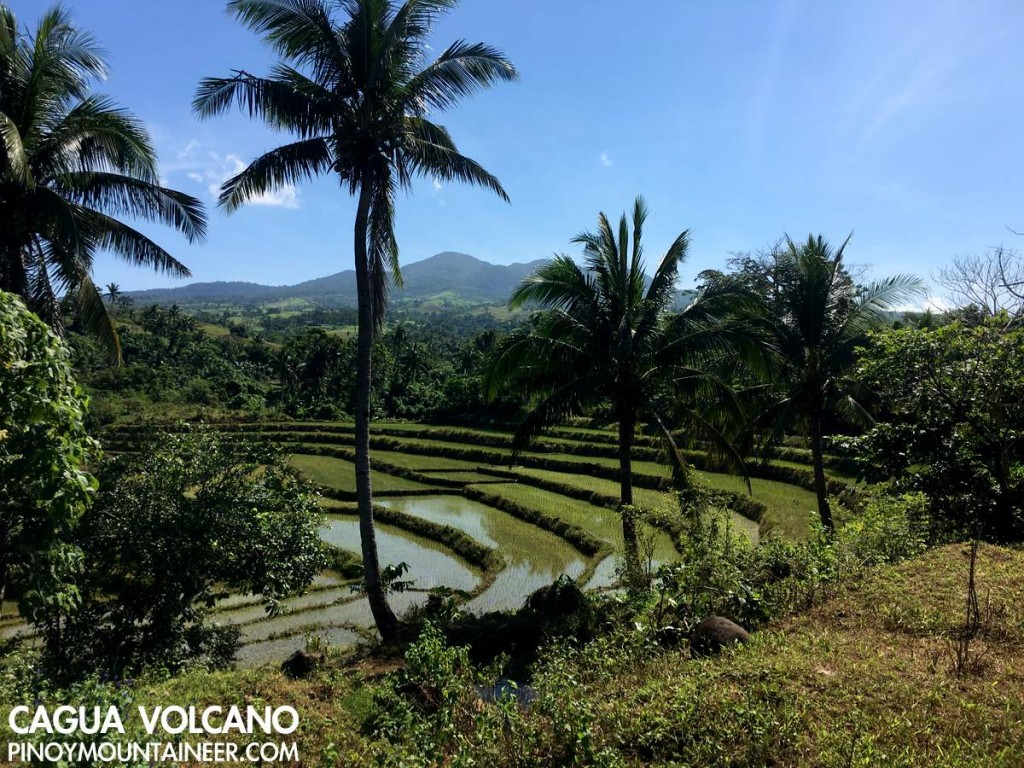
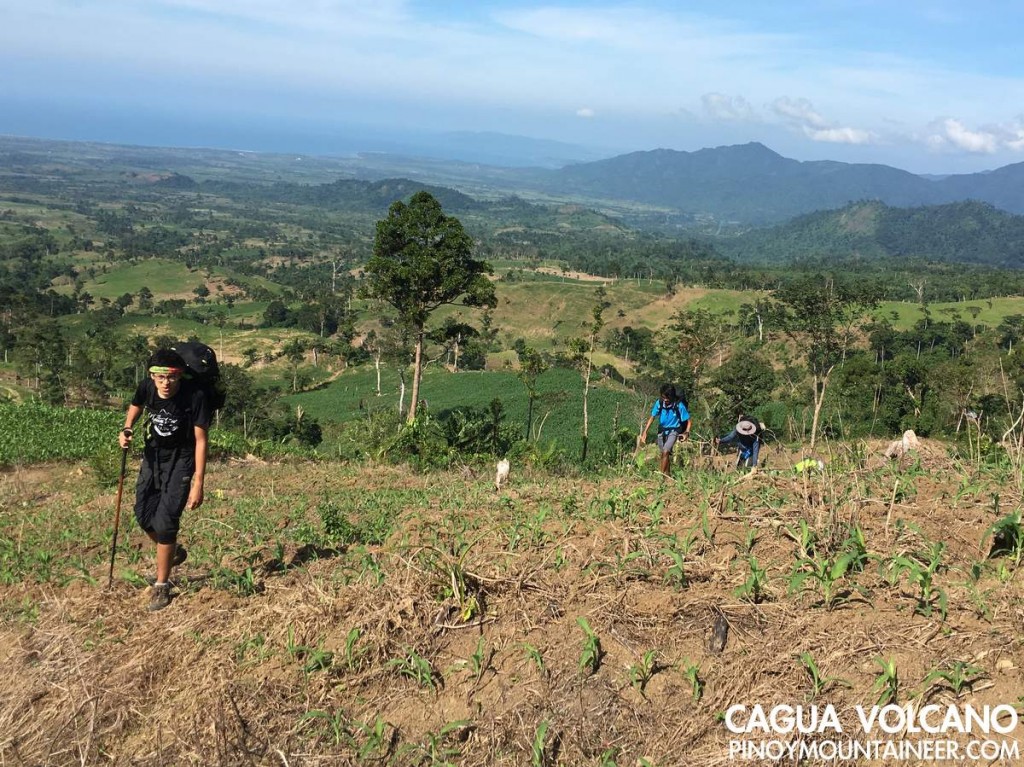
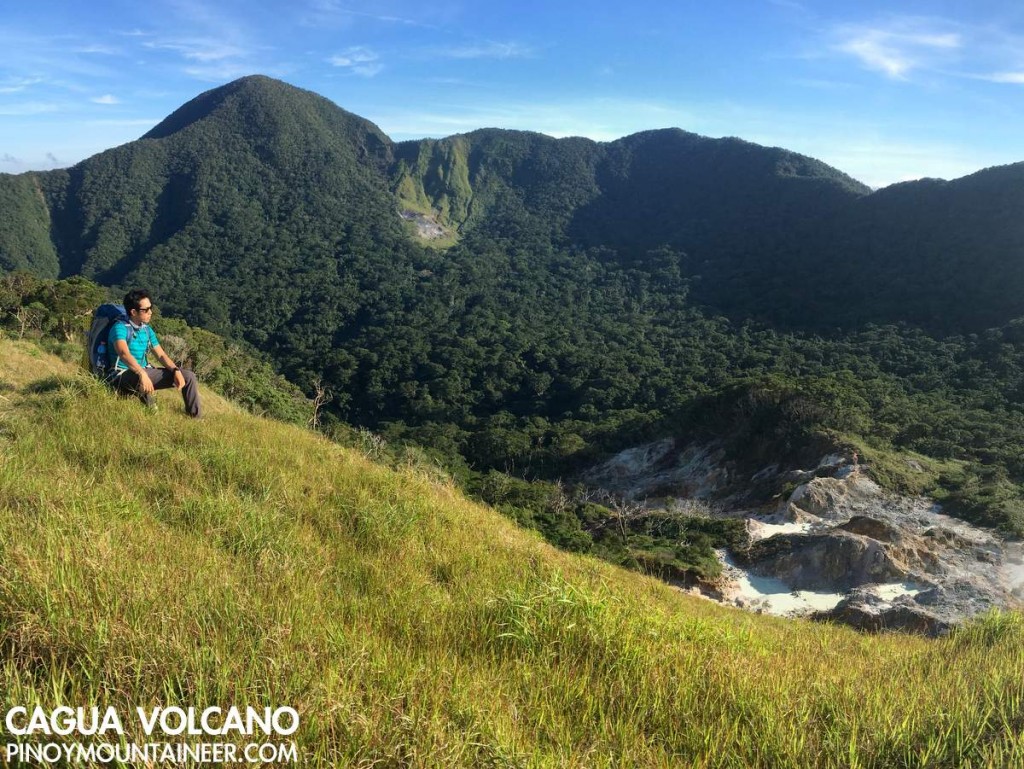
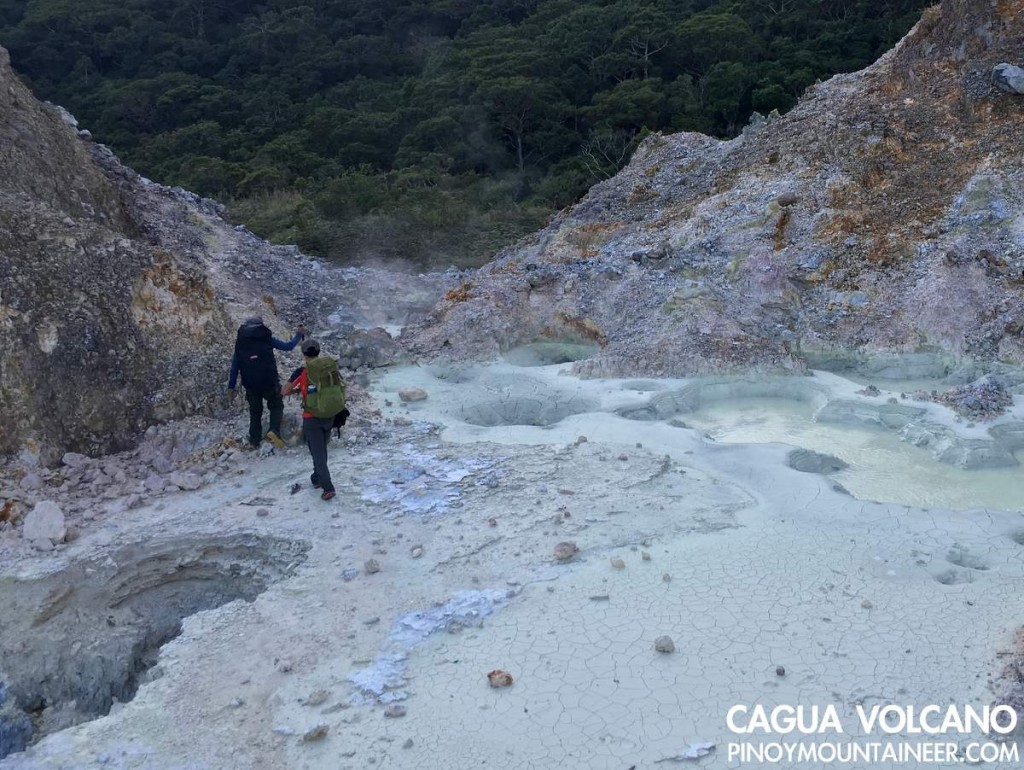
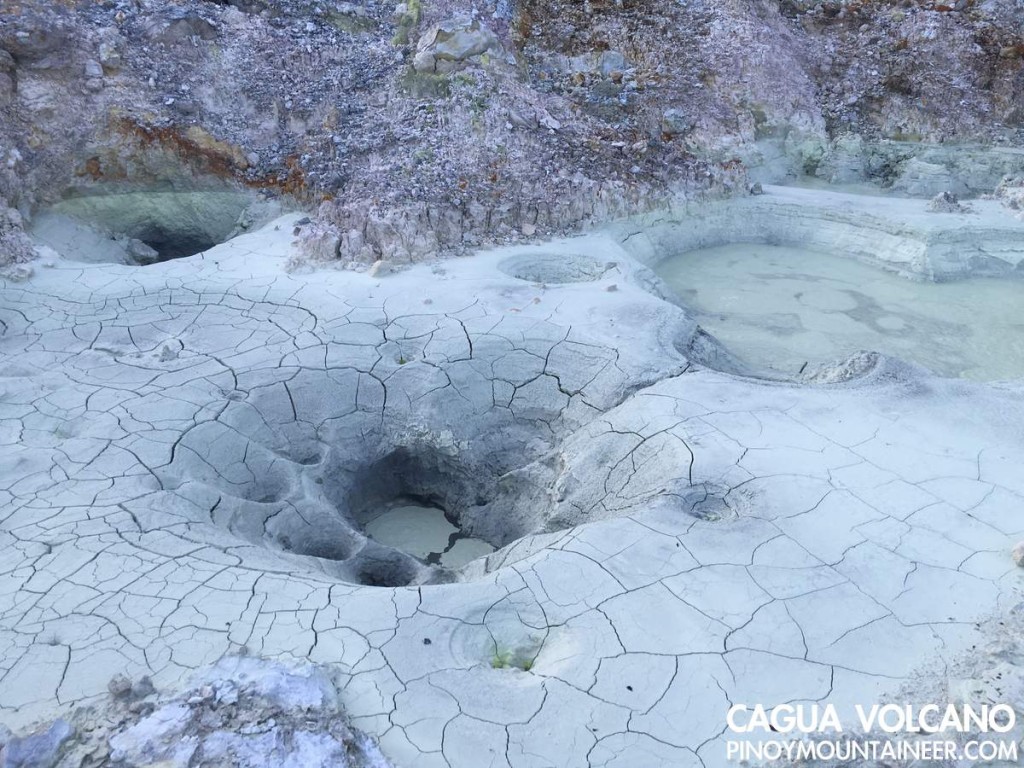
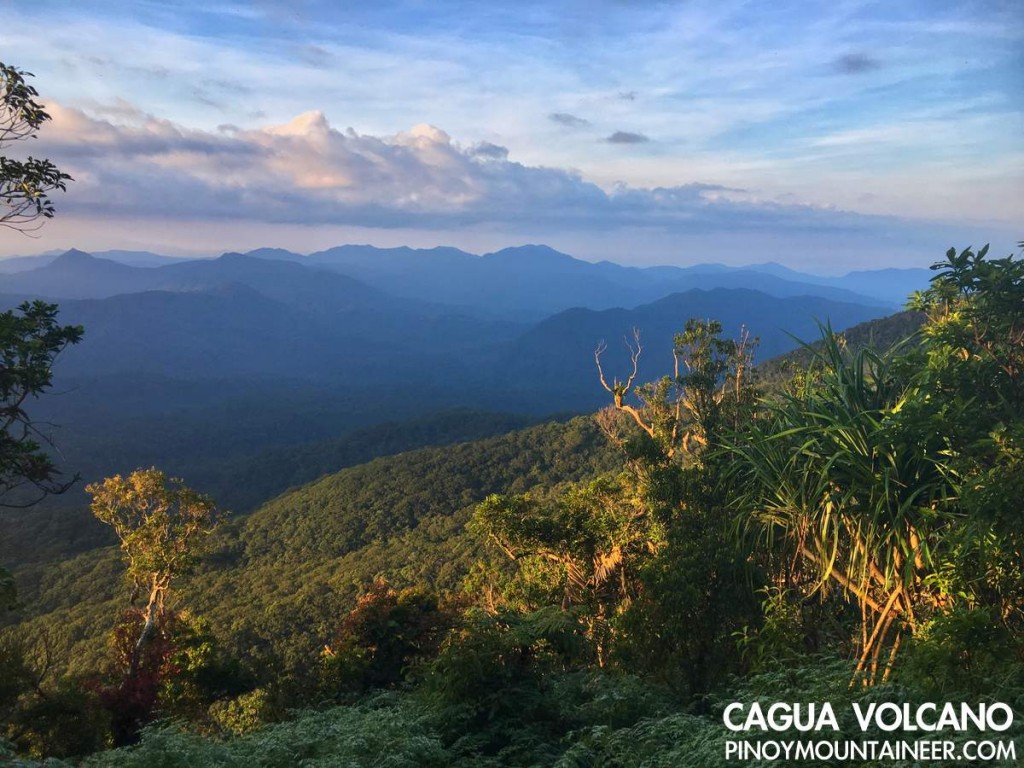
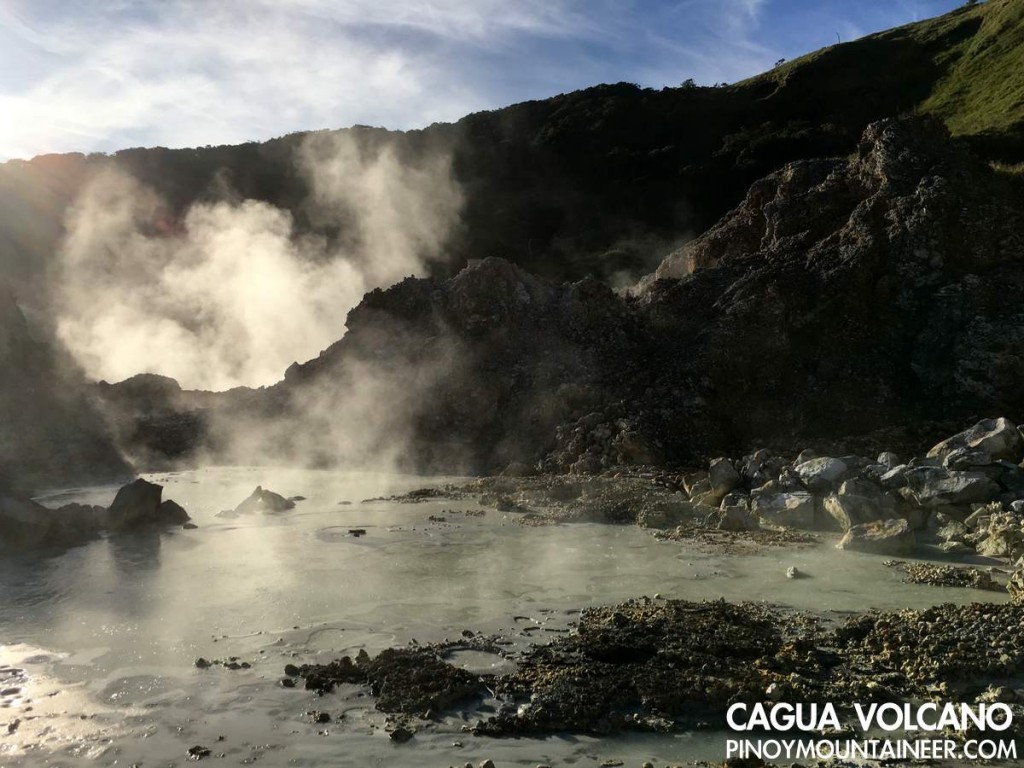

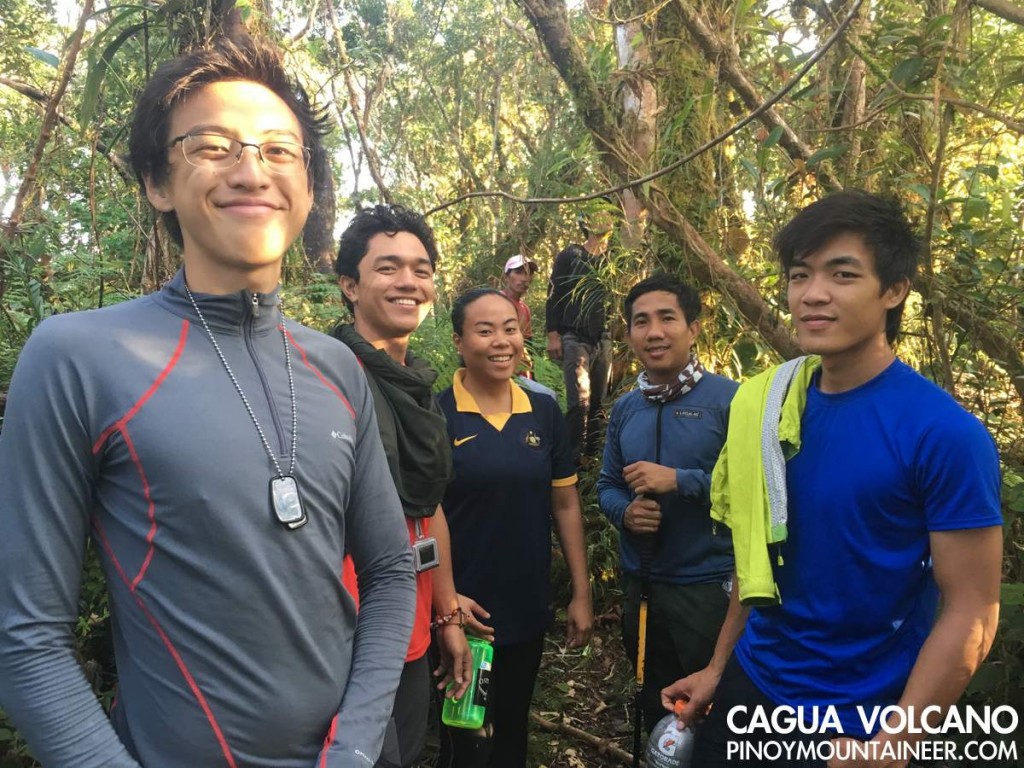

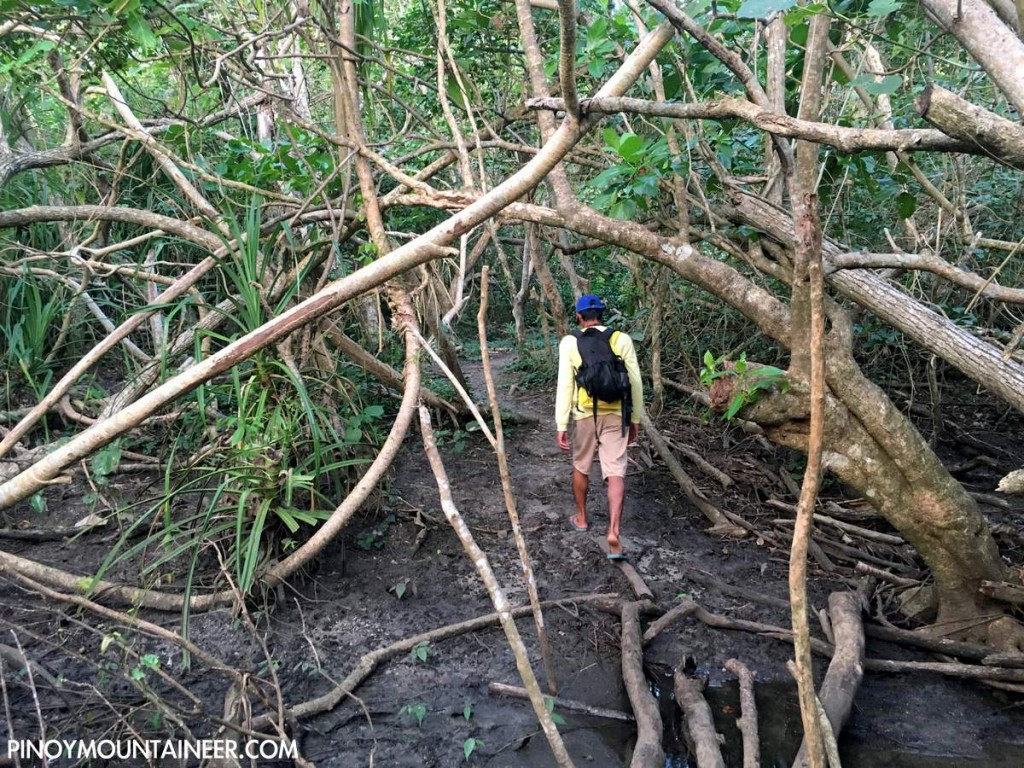

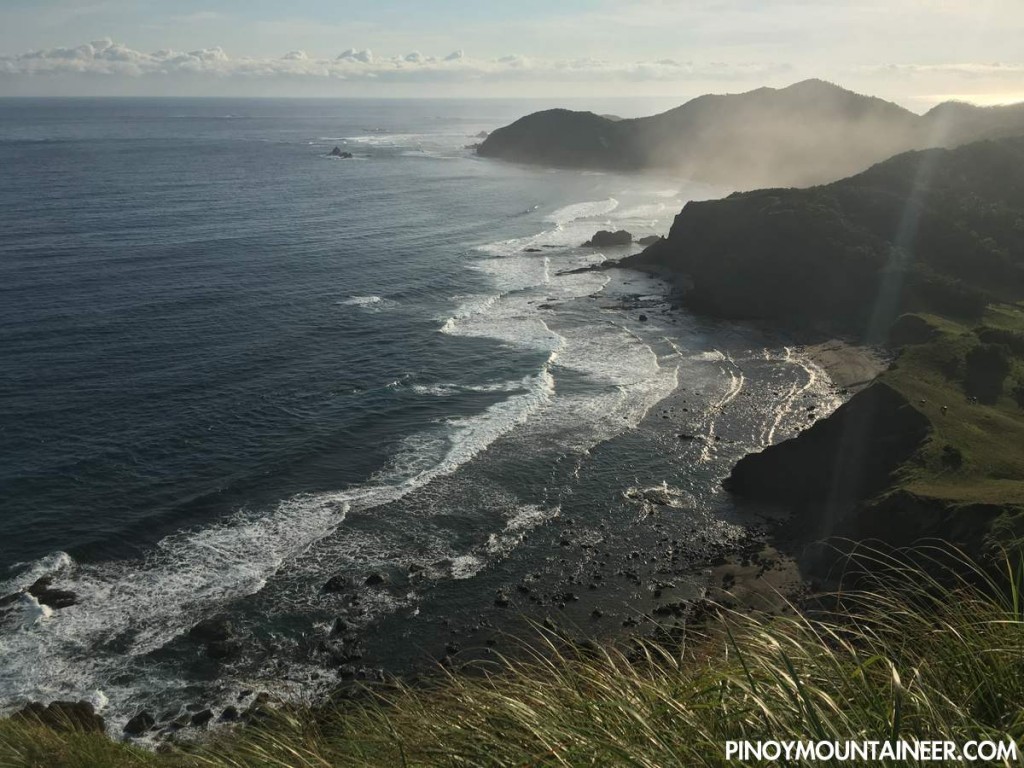
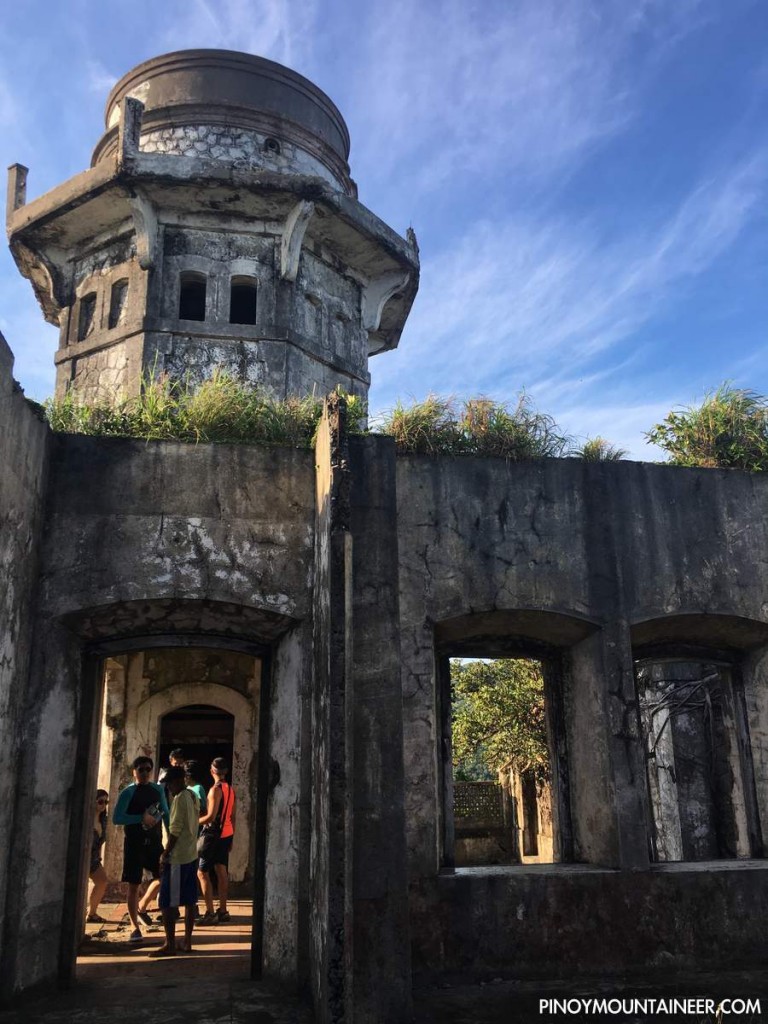
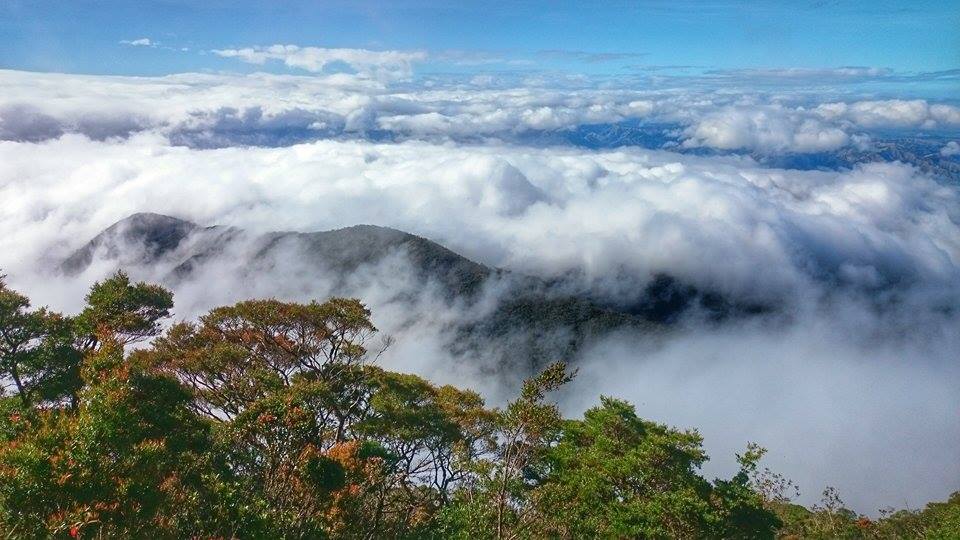
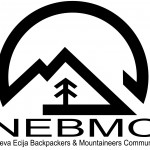 Mt. Kemalugong (Paasa Peak), 1750 MASL
Mt. Kemalugong (Paasa Peak), 1750 MASL